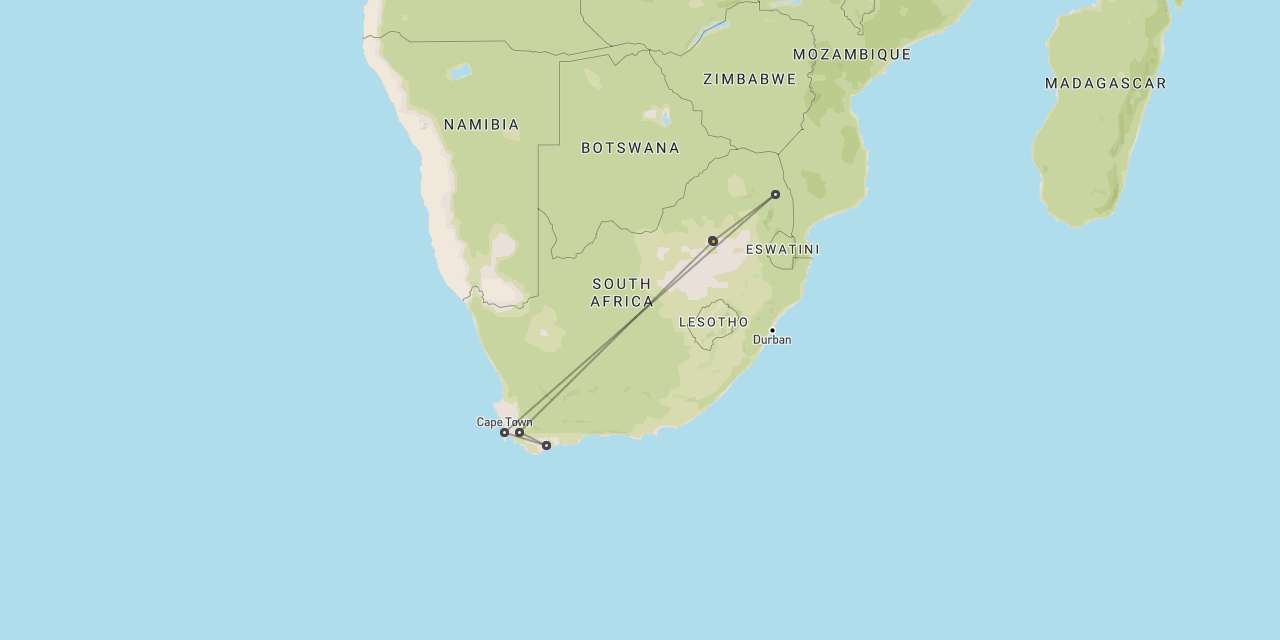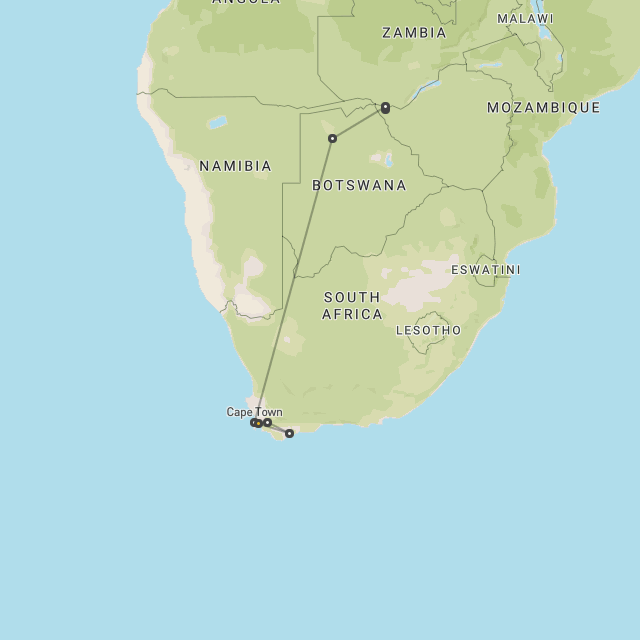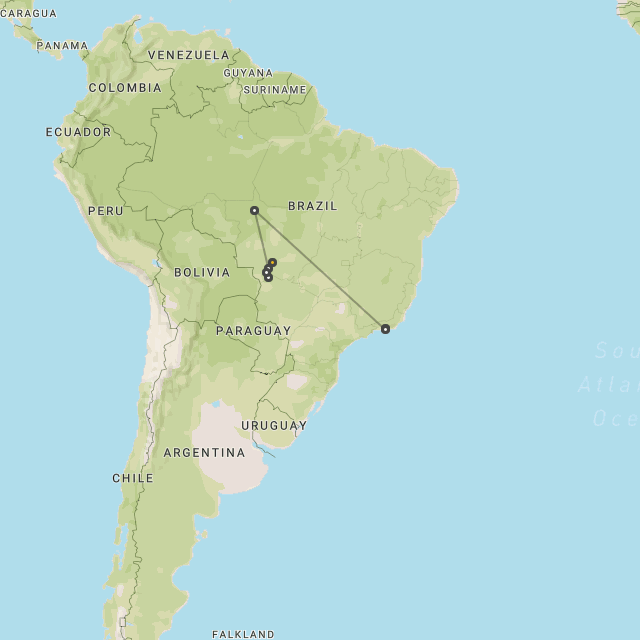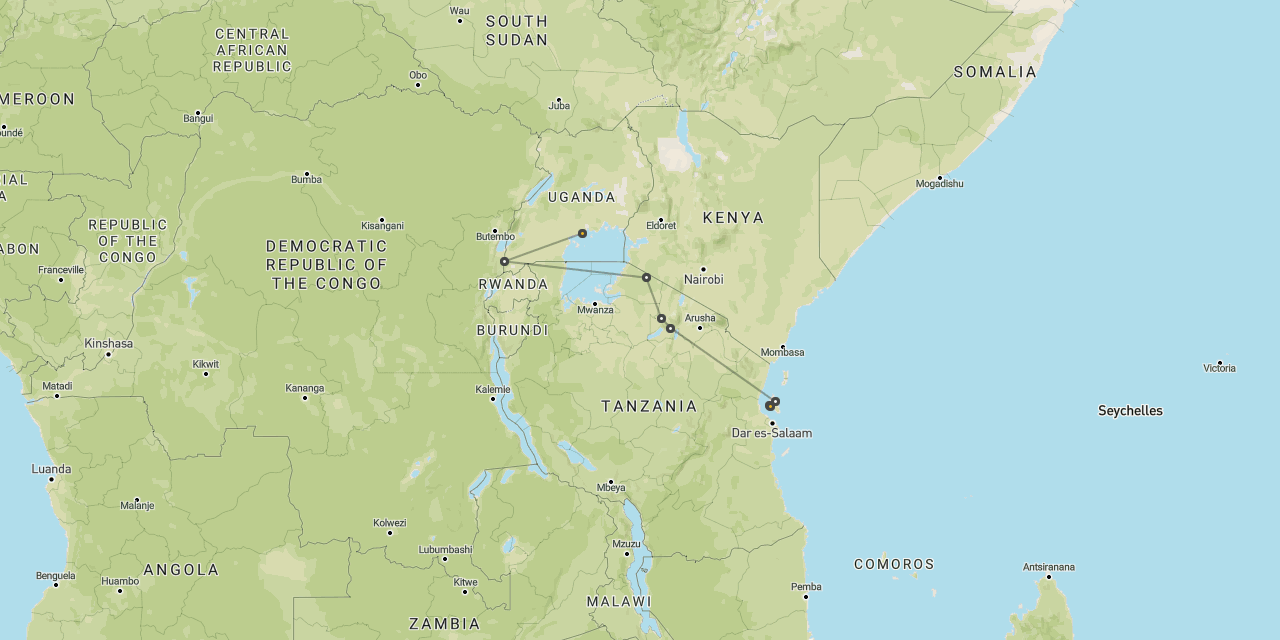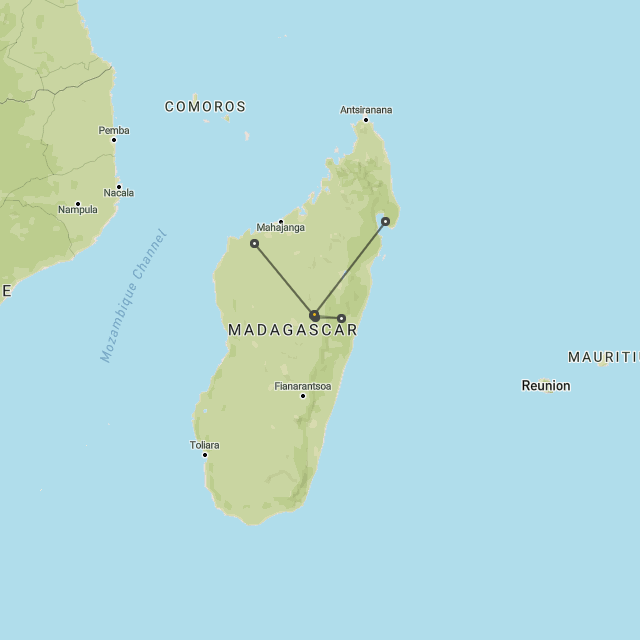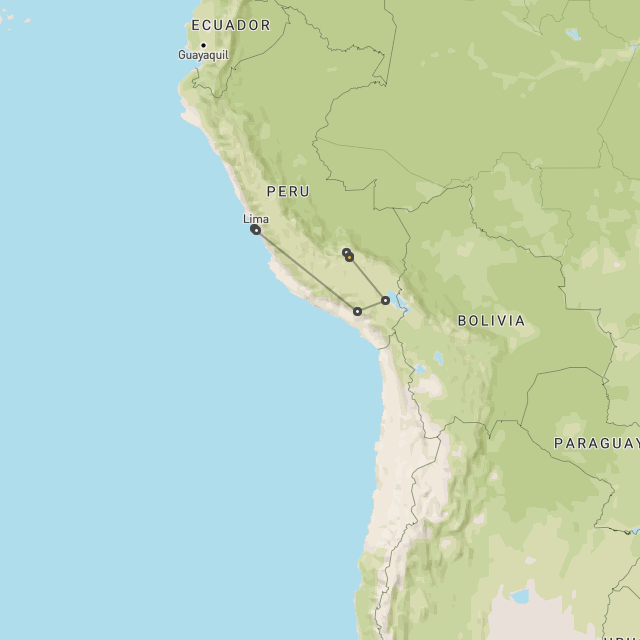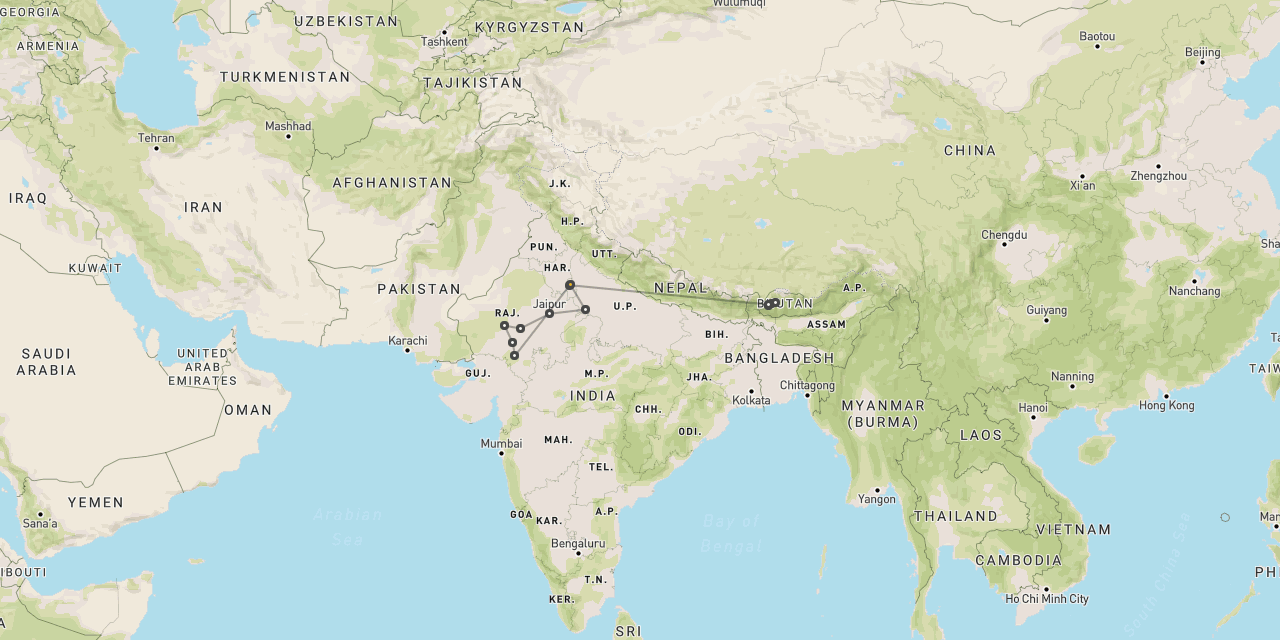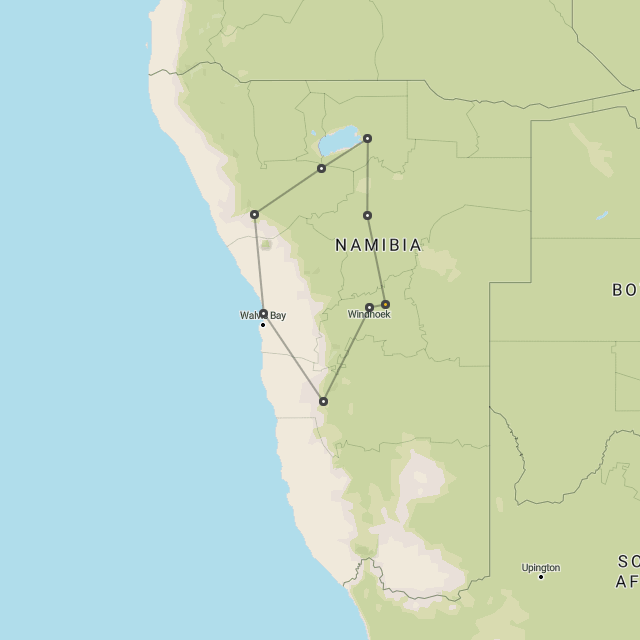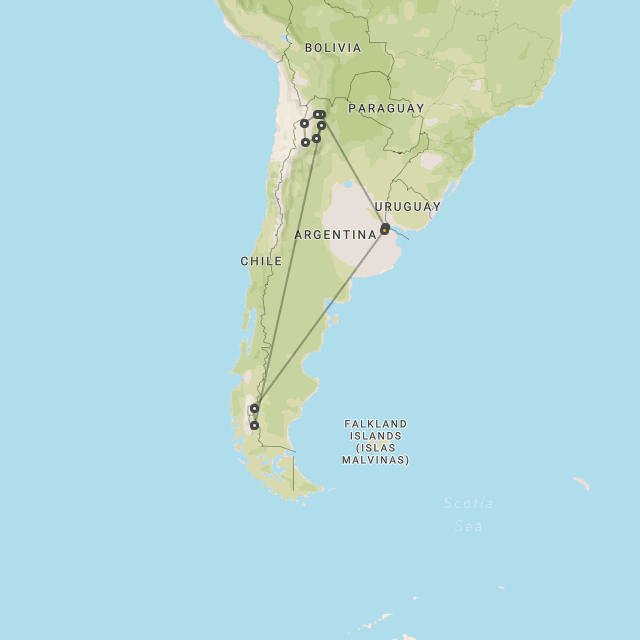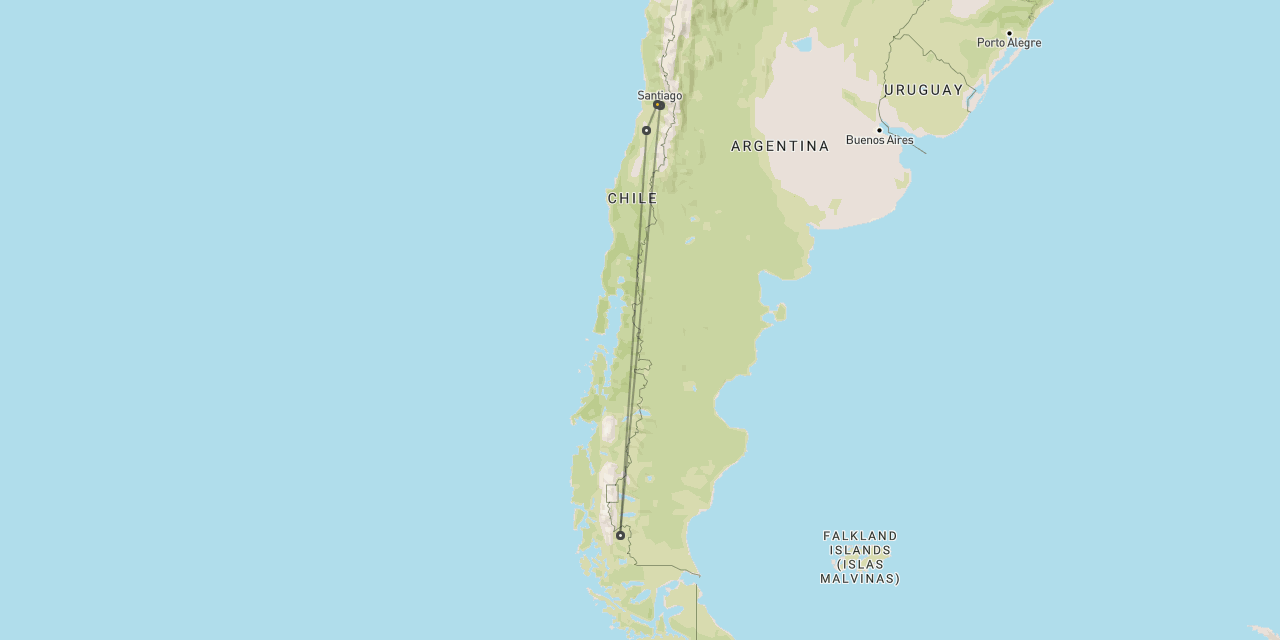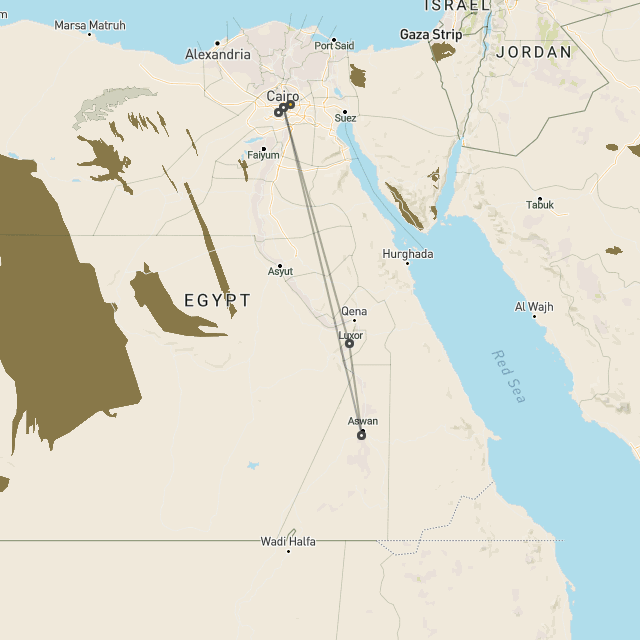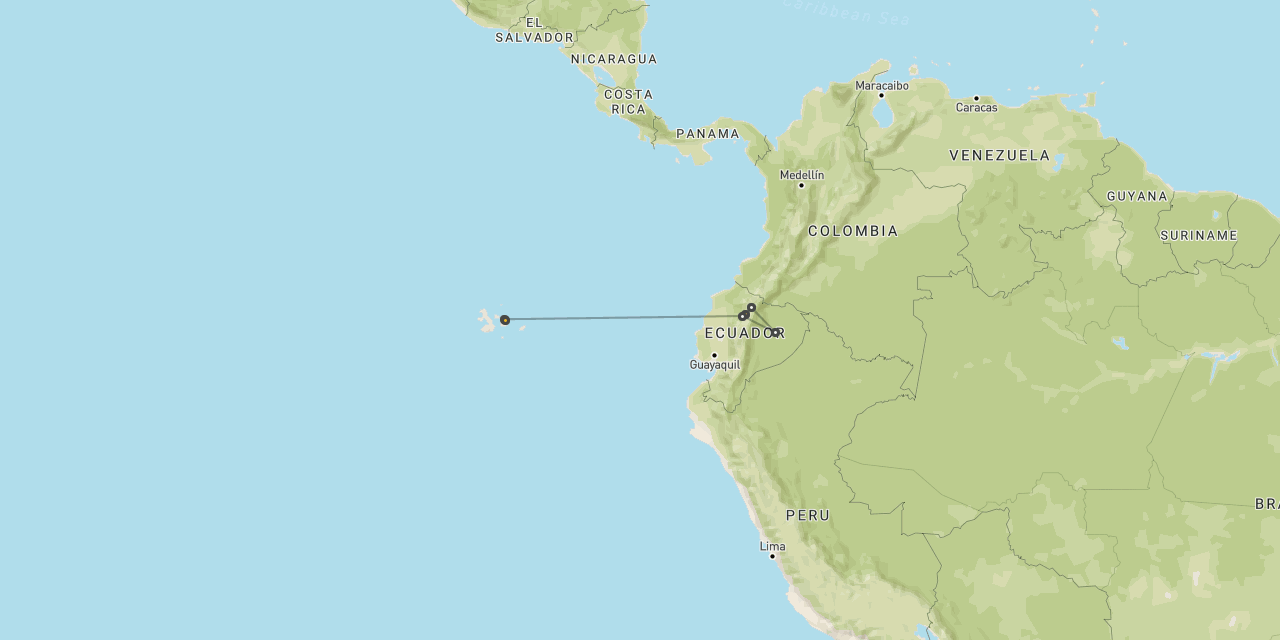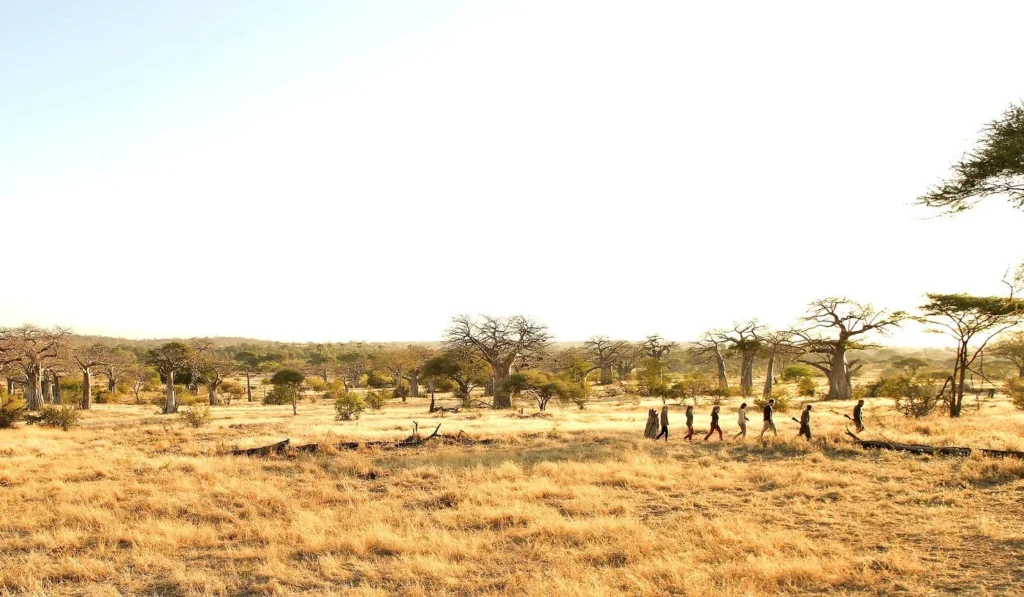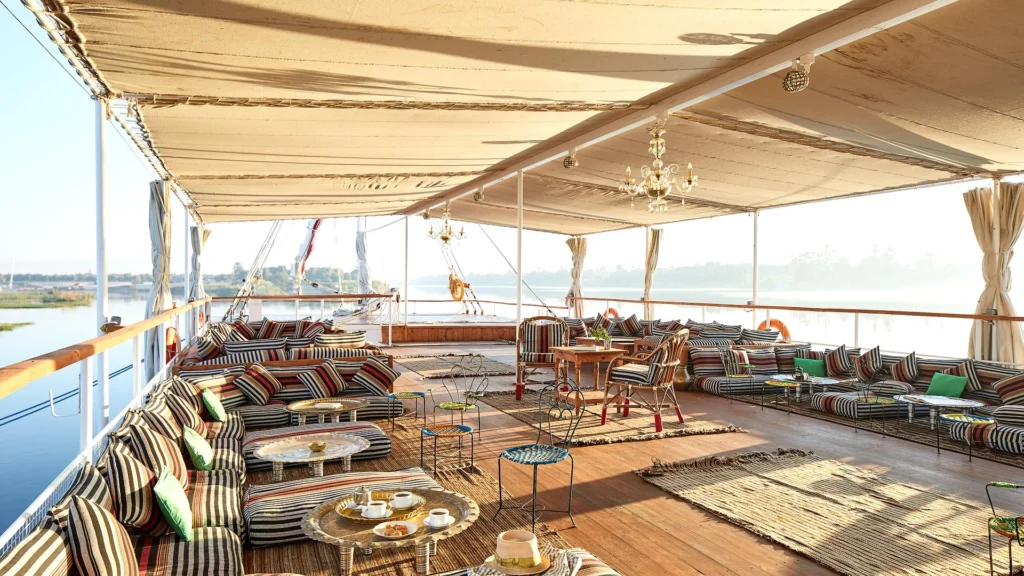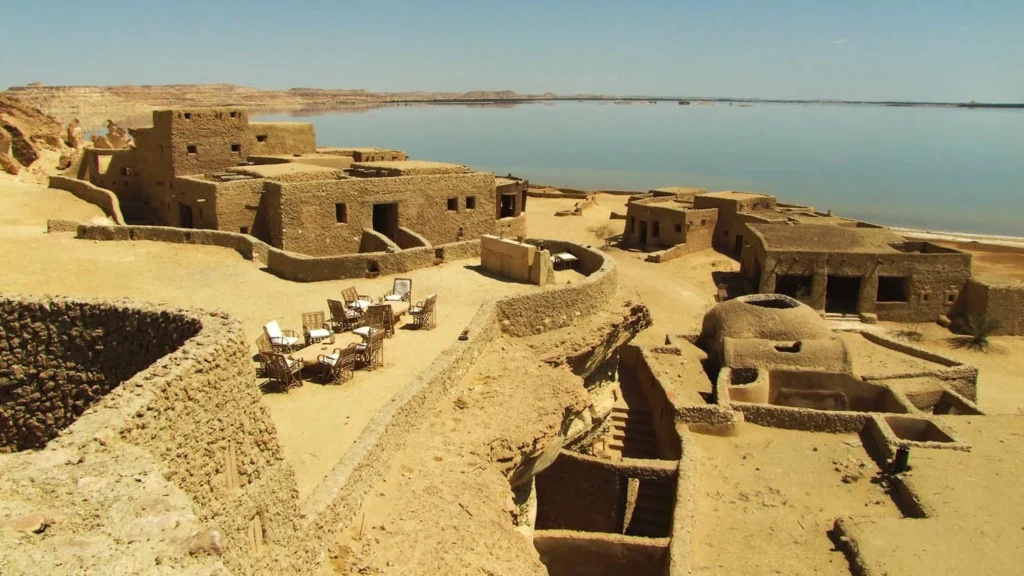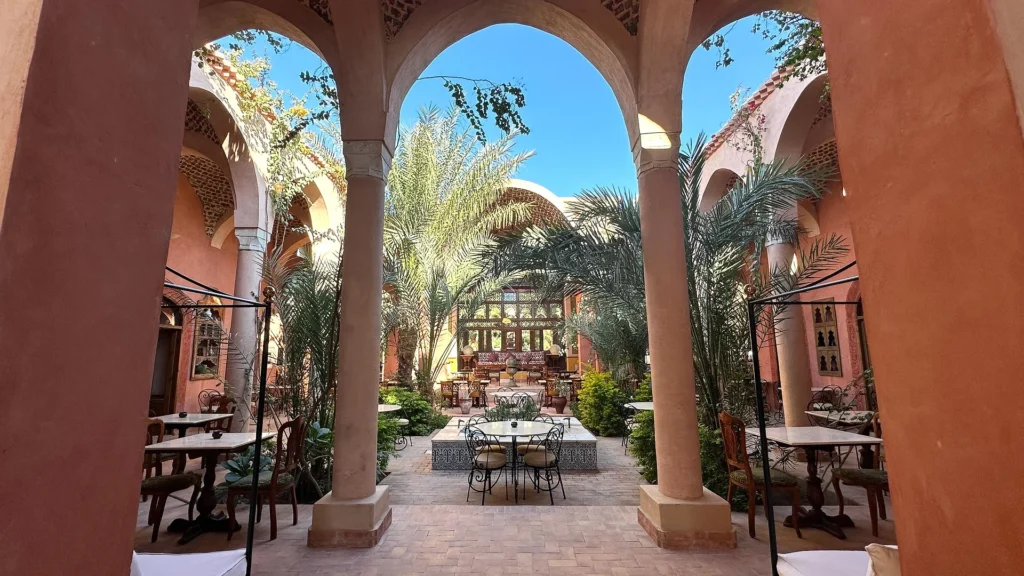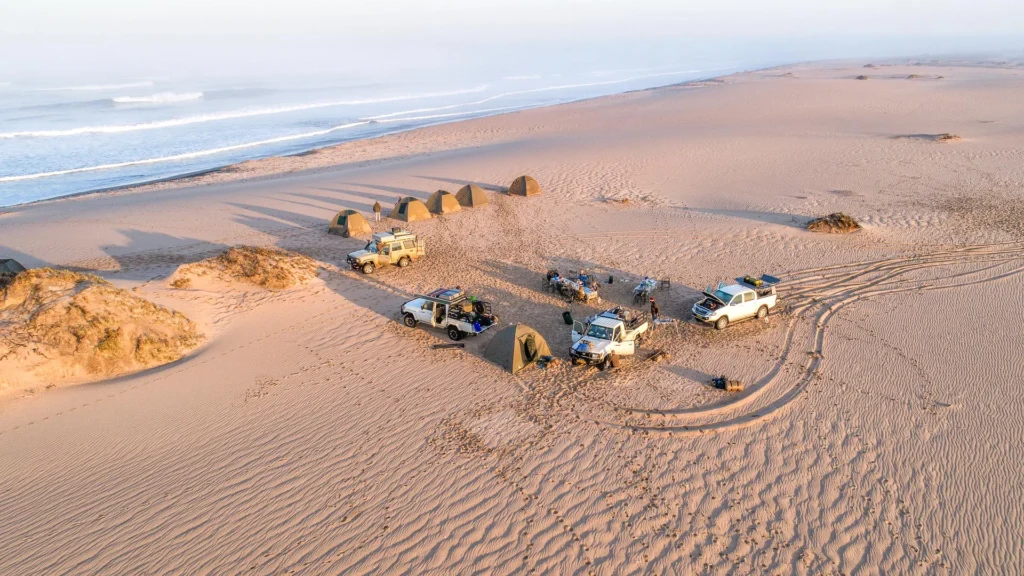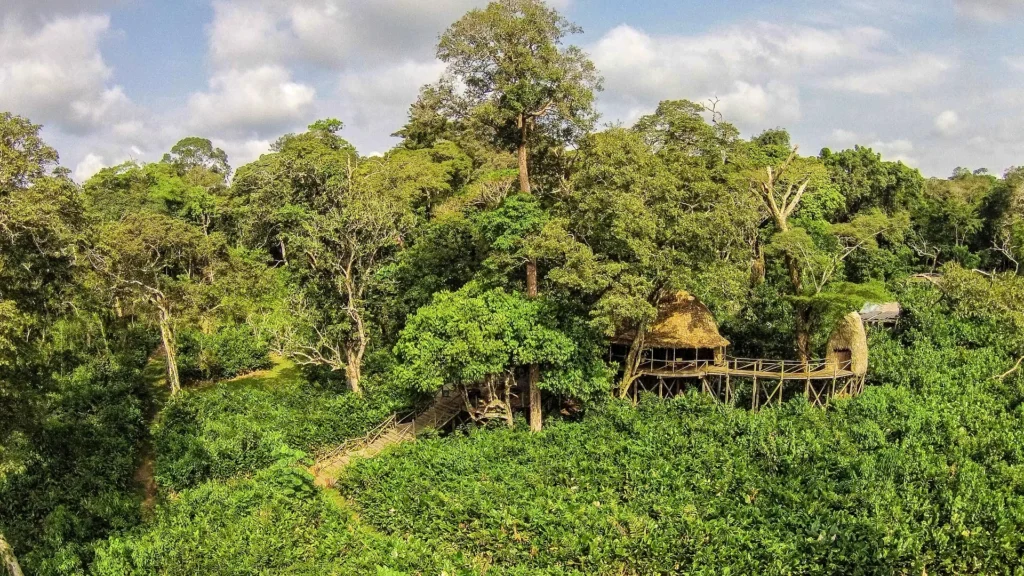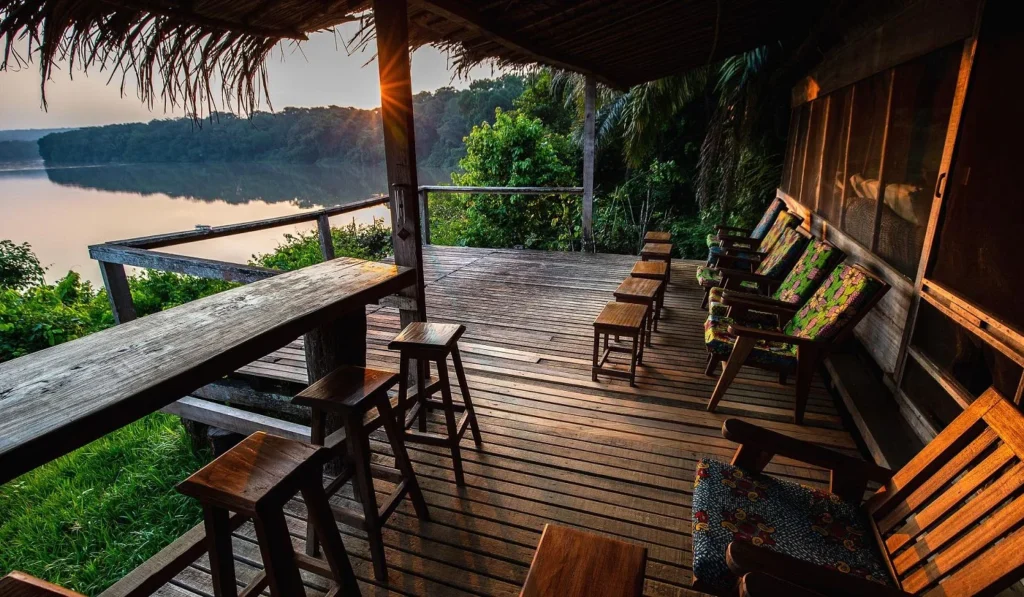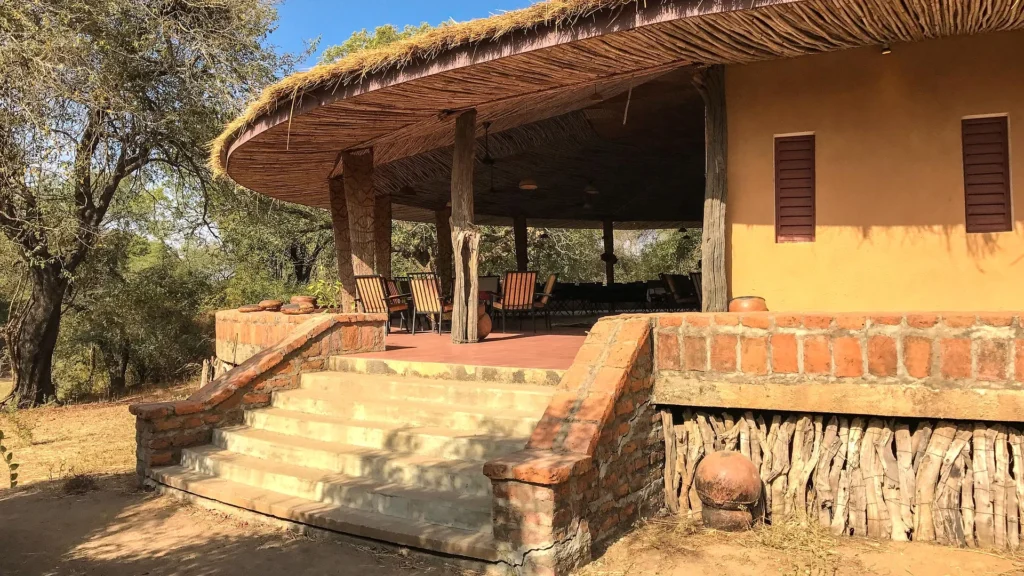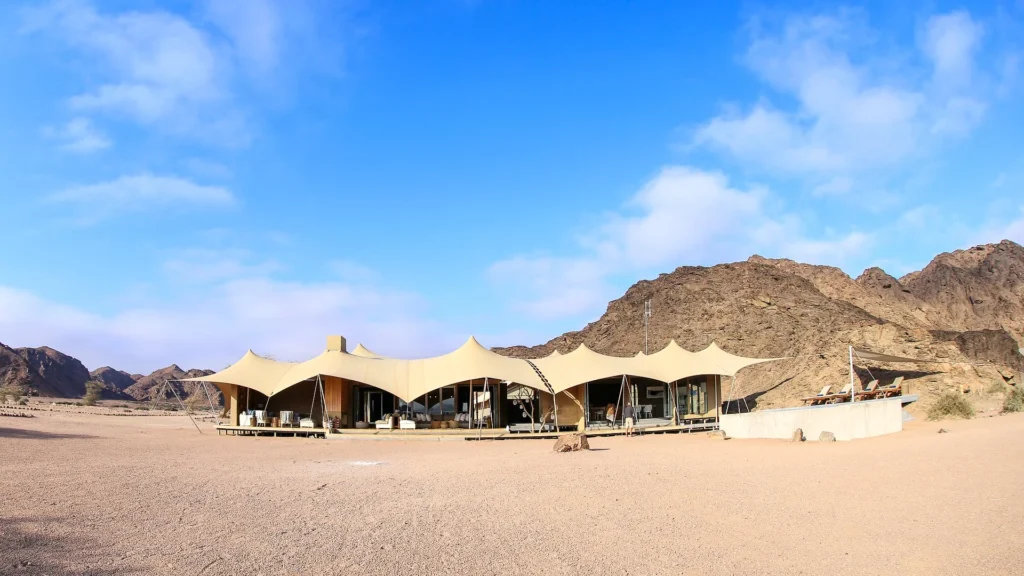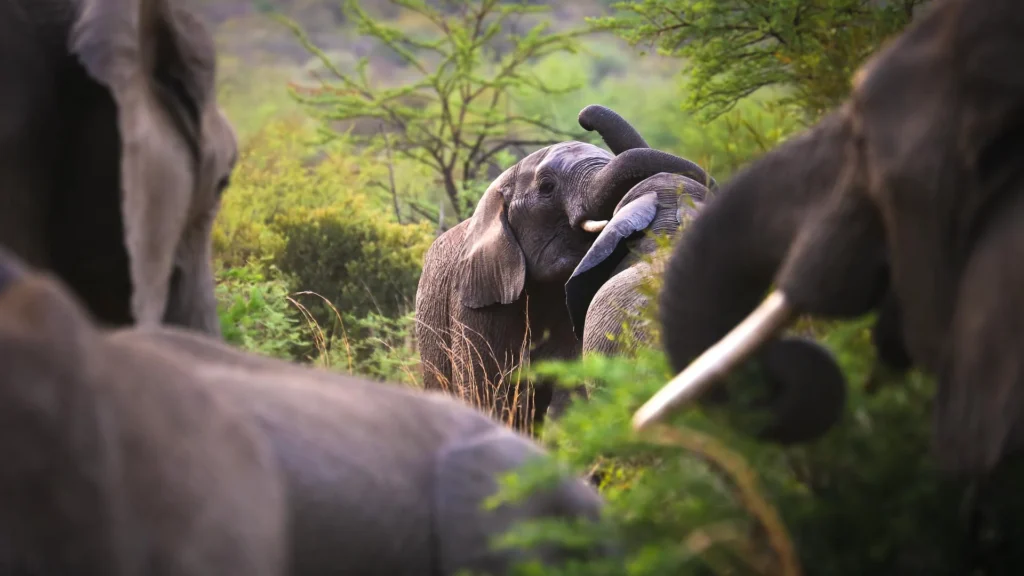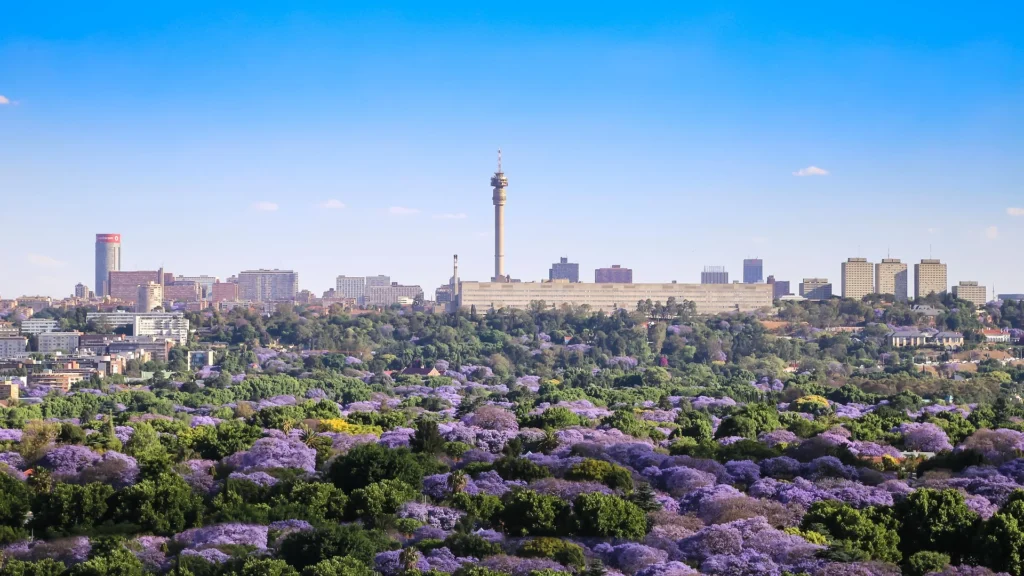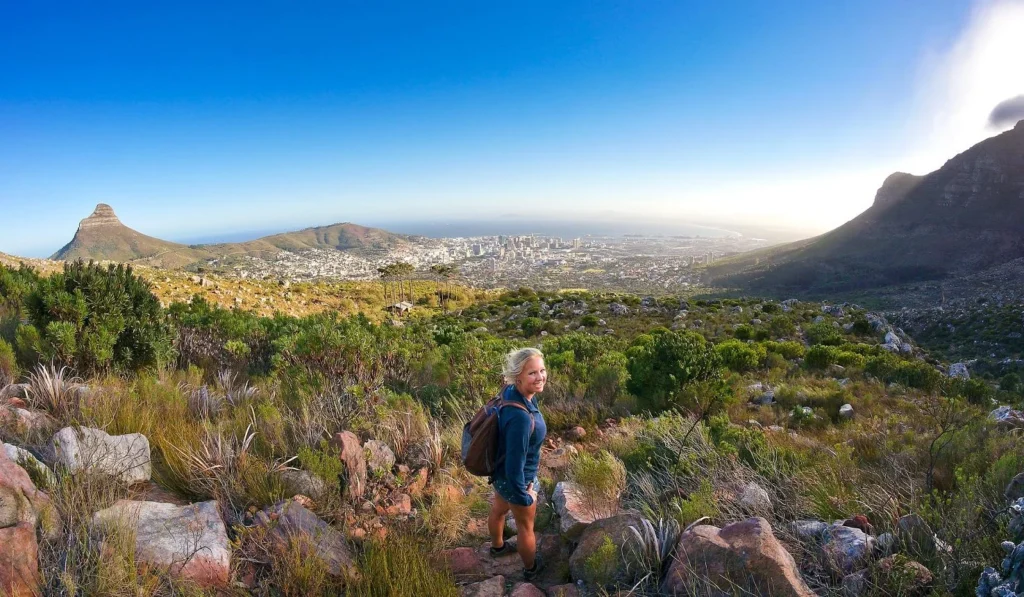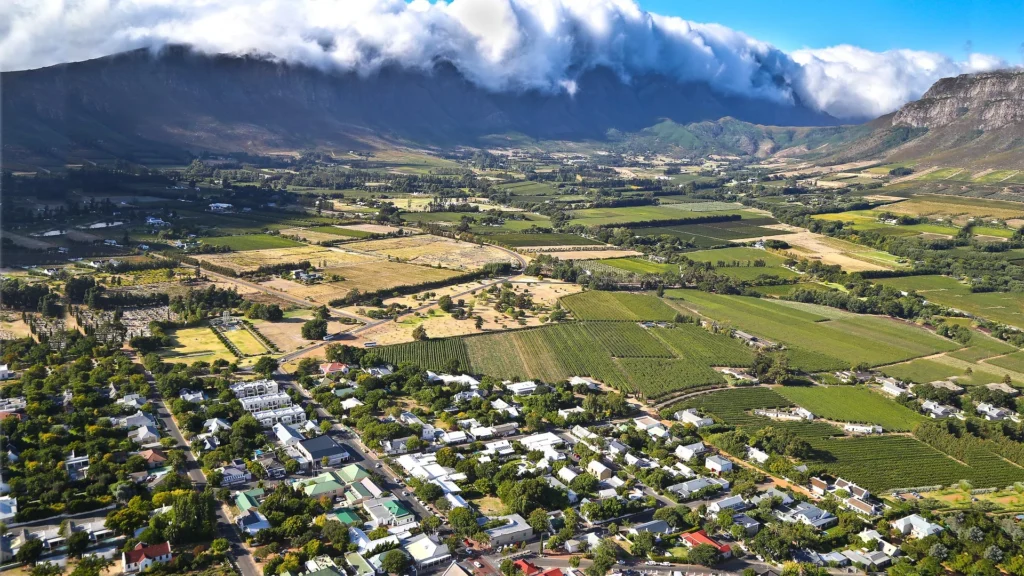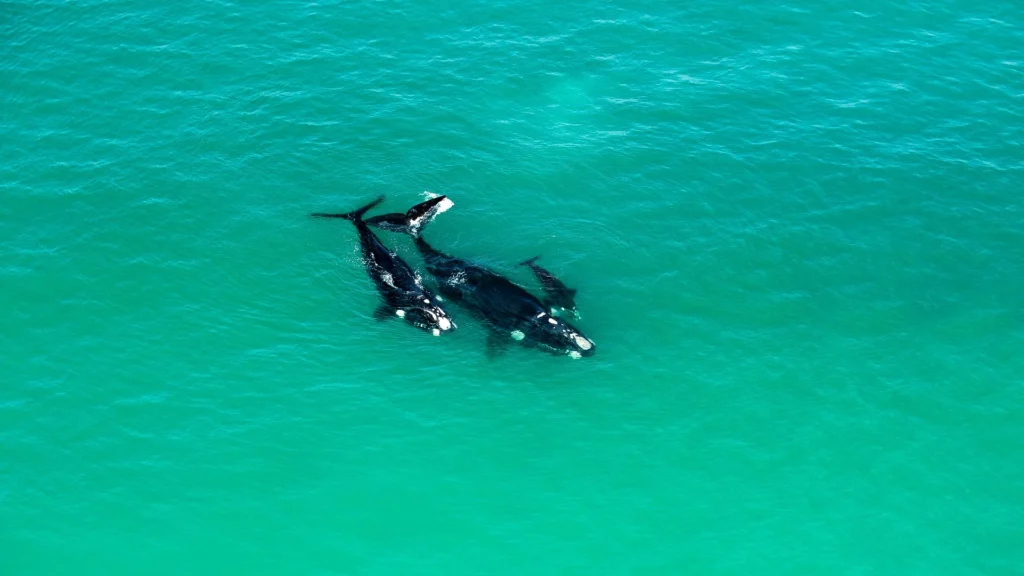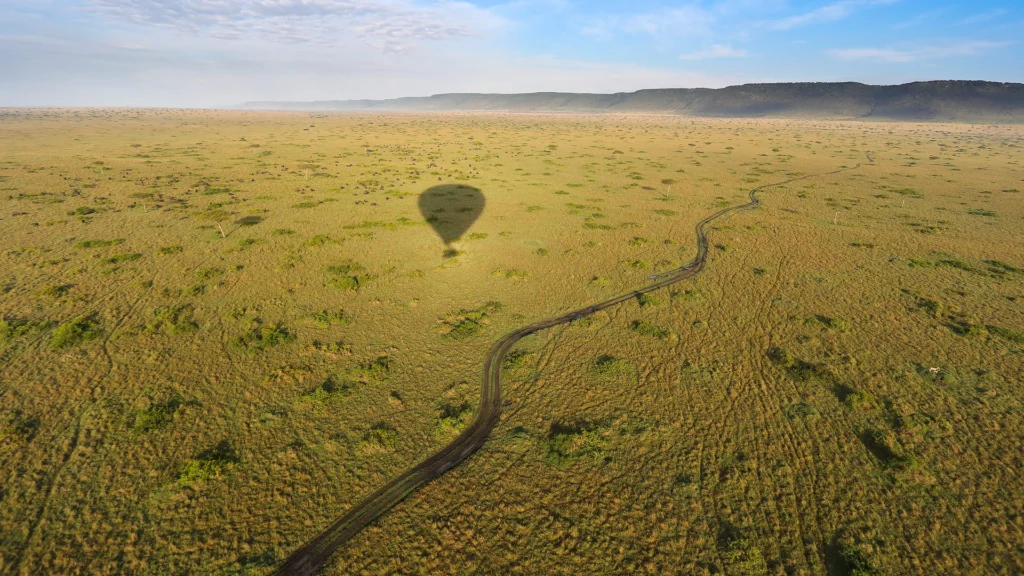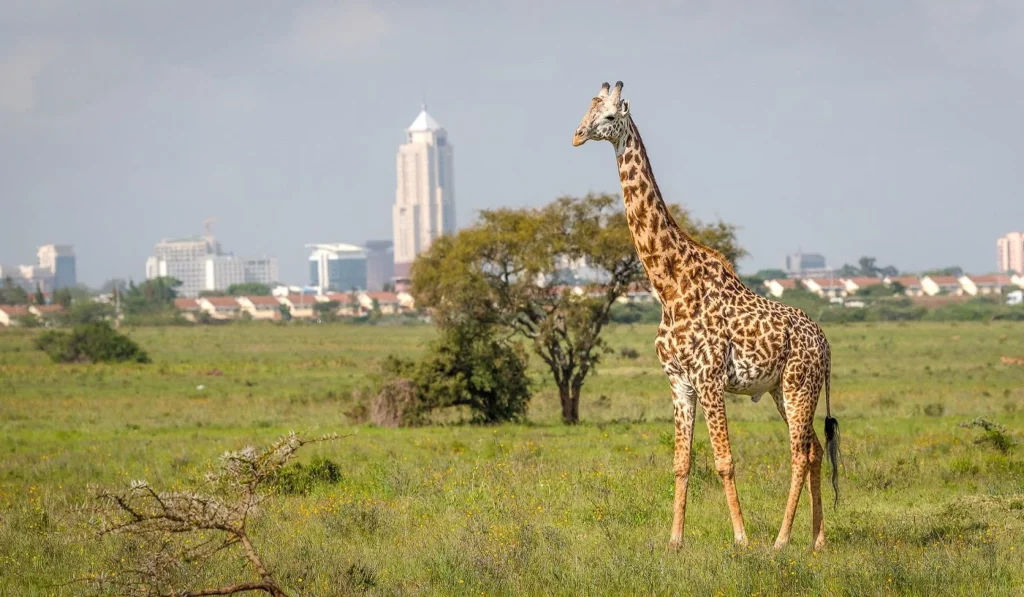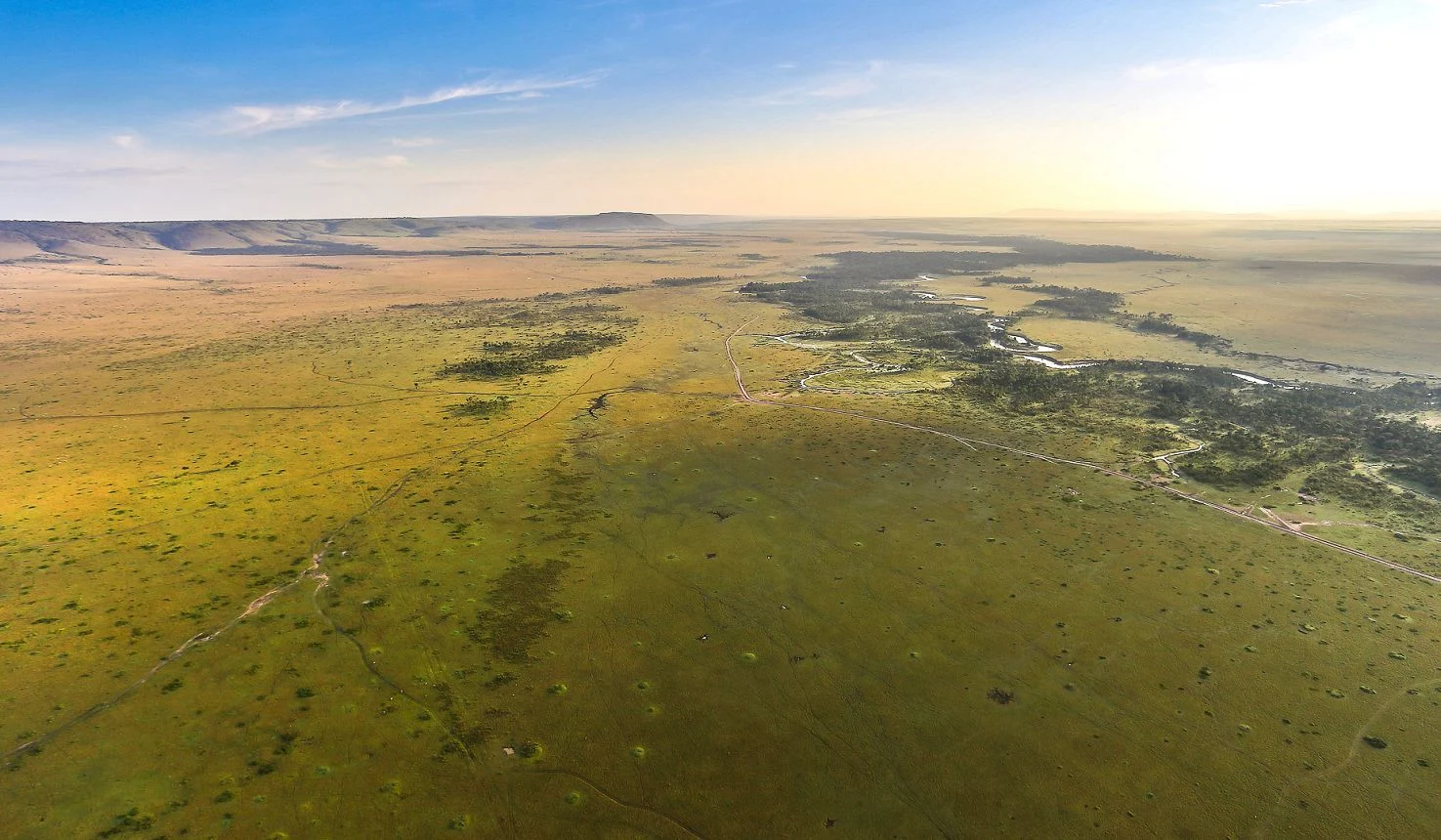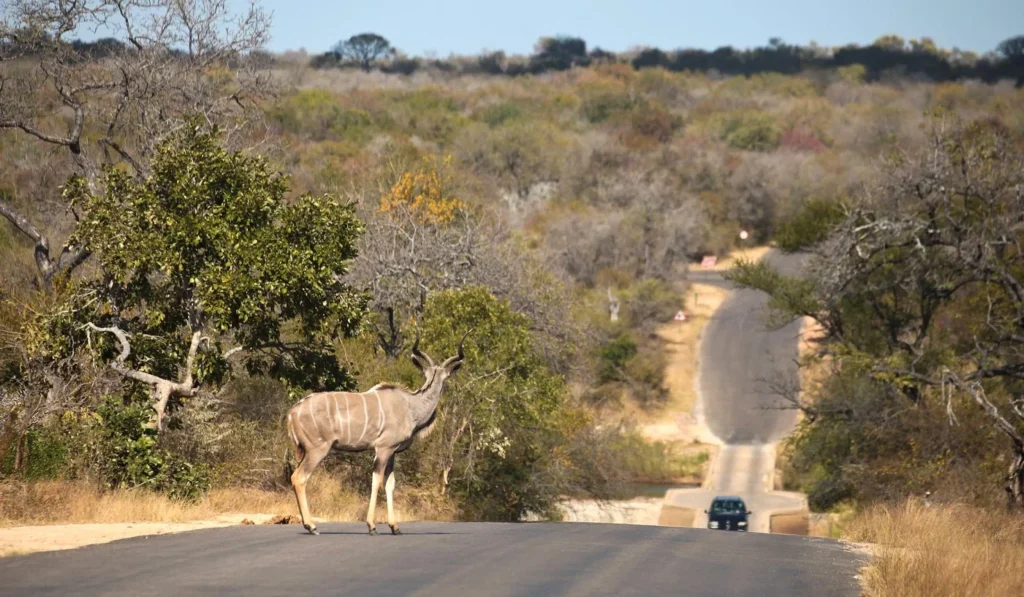- Africa
- Africa : 1 : Best countries for safari
- Africa : 2 : Best locations for safari
- Africa : 3 : The cost of safari
- Africa : 4 : Best time of year for safari
- Africa : 4a : Best locations in January
- Africa : 4b : Best locations in February
- Africa : 4c : Best locations in March
- Africa : 4d : Best locations in April
- Africa : 4e : Best locations in May
- Africa : 4f : Best locations in June
- Africa : 4g : Best locations in July
- Africa : 4h : Best locations in August
- Africa : 4i : Best locations in September
- Africa : 4j : Best locations in October
- Africa : 4k : Best locations in November
- Africa : 4l : Best locations in December
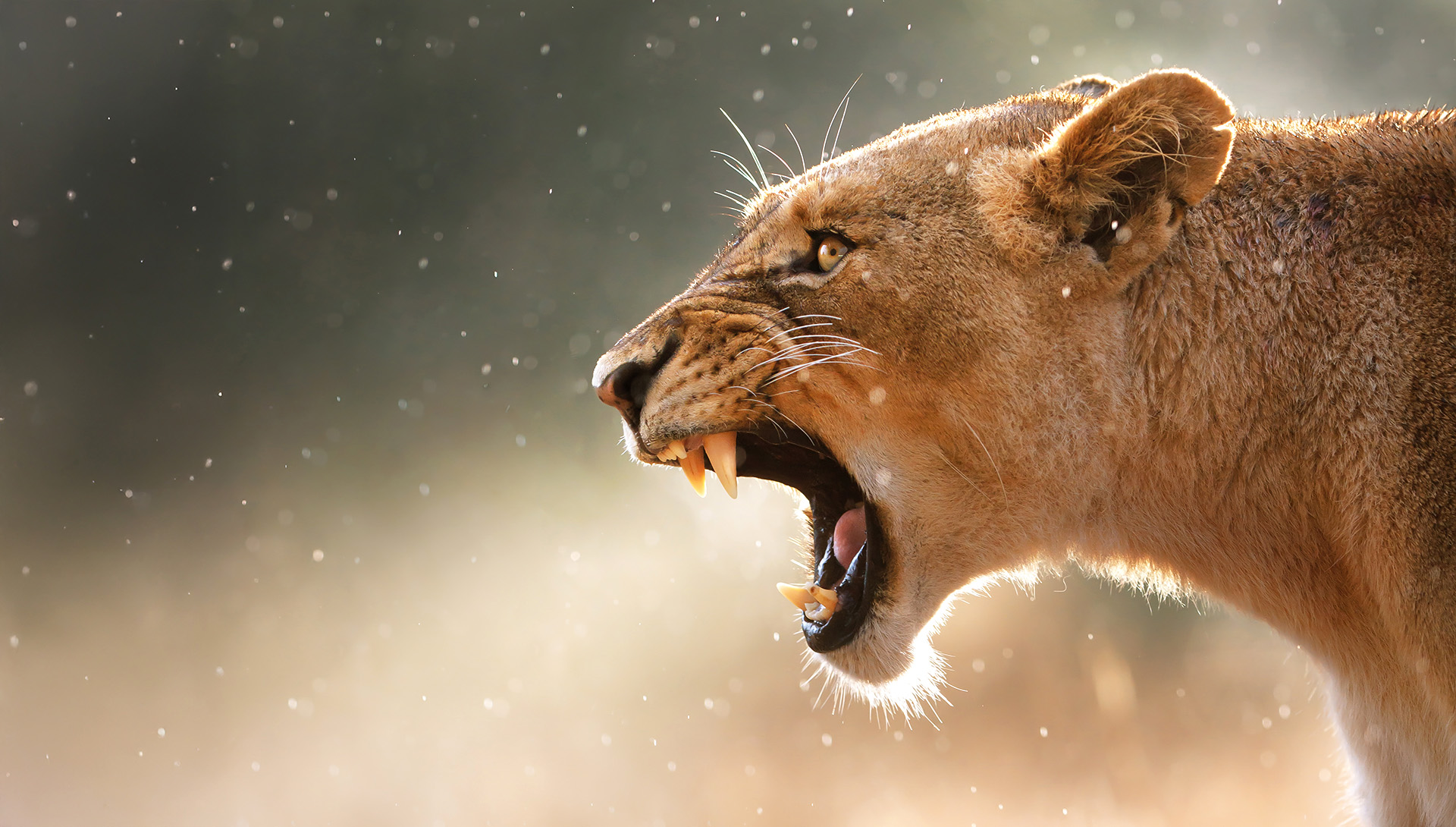
The best time of year for safari in Africa
Seasonality
is incredibly important
when planning a savanna safari
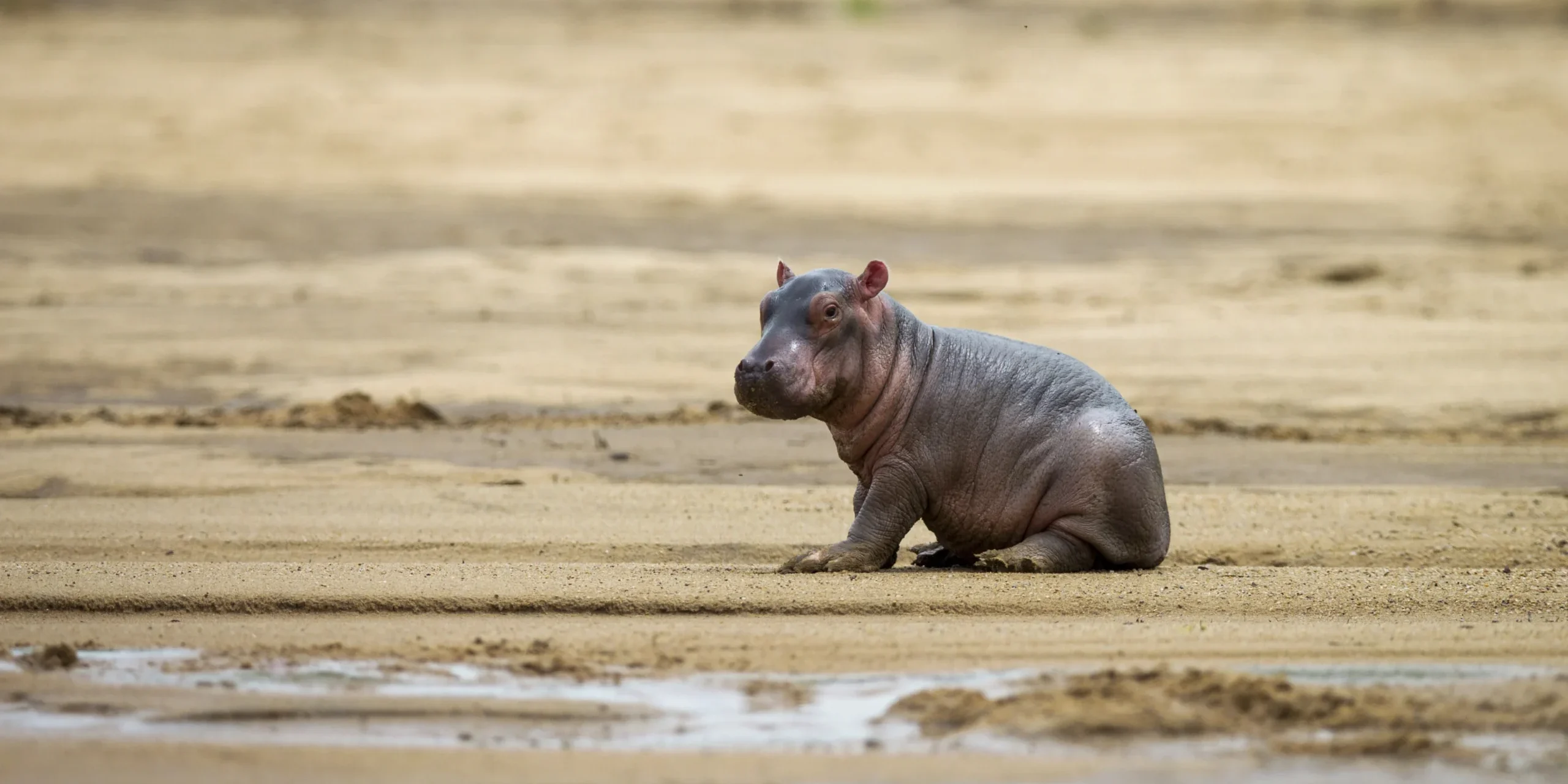
dividing the savanna safari year into five key seasons
It is impossible to overstate how important seasonality is to a savanna safari trip.
The month that you choose to travel will greatly affect where you go, what you will see, how much traffic you will encounter and how much you will spend.
In this article, we divide the year into five periods. The first two, the Jun-Oct dry season and the Nov-Dec early green season, cover probably 95% of all trips.
The other three periods cover the more complicated Jan-May period, when conditions change fast, but which contains some real hidden gems.
Please feel free to read as much or as little of this as you wish. Ultimately, we will always take full responsibility for your trip being perfectly constructed around the seasonality.
we will always make sure that your trip
is perfectly optimised for the time of year
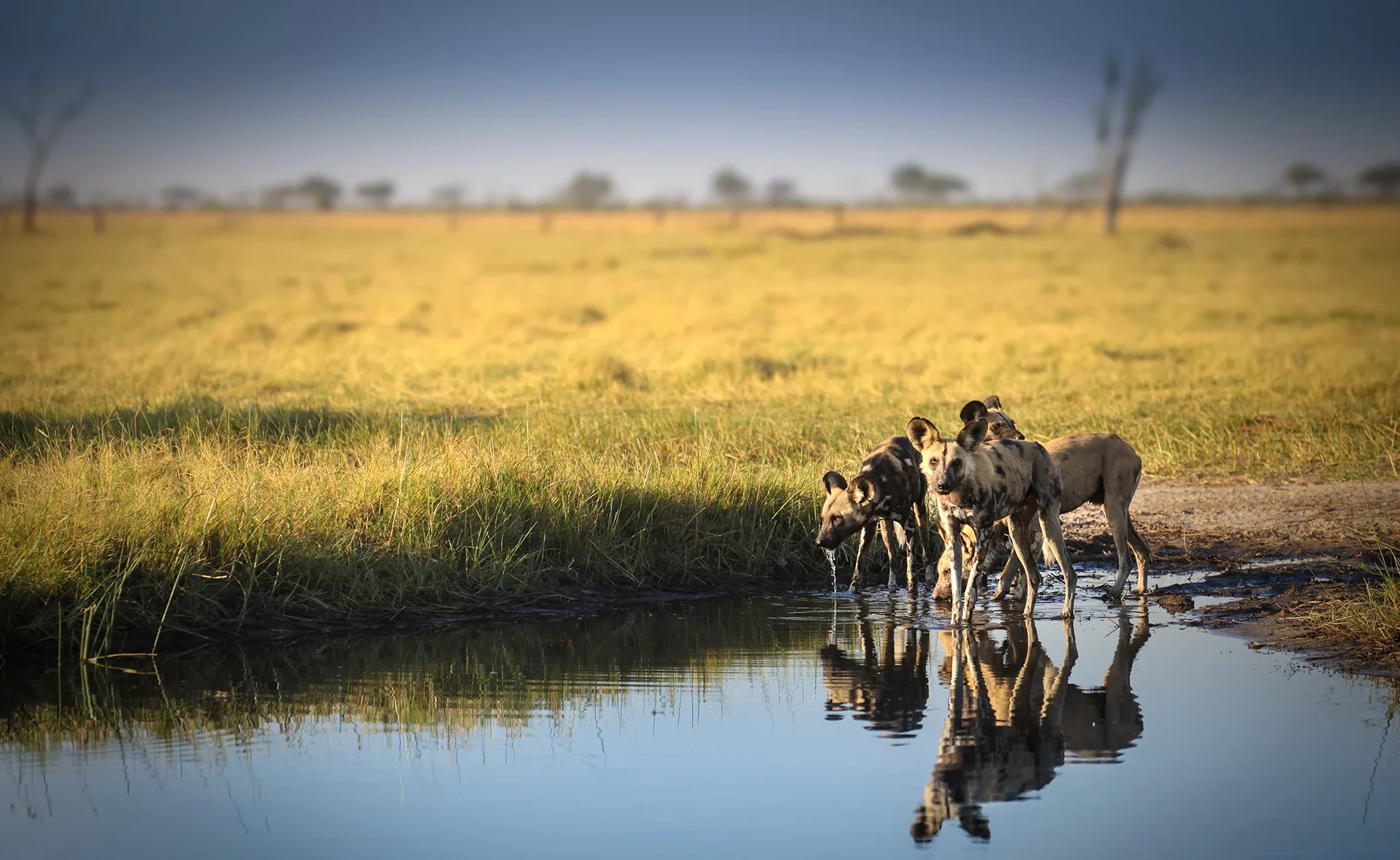
In most savanna safari countries in Africa, this Jan-Mar period marks the middle of the green season.
The options for safari are even further reduced at this time, but there are still great places to go.
Depending on the location and the vagaries of the weather from one year to the next, the seasonal rains can be very unpredictable.
In more easterly countries (Kenya, Tanzania), this period is notionally a lull between the light rains of Nov-Dec and the heavy rains of Mar-May, meaning that safari remains attractive in many areas, especially those which benefit from the temperature stabilising effect of Lake Victoria (Serengeti, Maasai Mara) and those further north in Kenya (Laikipia, Lewa, Mathews, Samburu).
In Serengeti, the migration calving event takes place through this period, a major highlight of the savanna safari calendar.
In most of the southerly countries (South Africa, Malawi, Zambia, Zimbabwe) the rains are far too heavy and savanna safari is almost completely closed down through this period.
In drier countries in the south (Botswana, Namibia), the rains are likely to be relatively light, meaning that safari remains very feasible. However, the further east, the hotter the conditions, making Botswana quite a challenge in Jan-Feb, but easing to very pleasant conditions through March (a major highlight and superb value). Most of Namibia is more of a challenge, although the western deserts remain great throughout.
It is worth noting that the tropical beaches of the east coasts of Africa and the areas around the Cape (which are both commonly combined with the savanna safari areas) are excellent at this time.
It is important to realise that those savanna safari areas which lie close to the Sahara have a very different seasonality. If you are looking for something unusual and off-the-beaten-track, there are some really interesting options in countries including Chad, Ethiopia and Uganda, although by March conditions are starting to deteriorate in some areas.
Either scroll down for some sample trips, use these links to read more about a specific month, or get in touch and we can get started on your trip.
migration calving in Serengeti
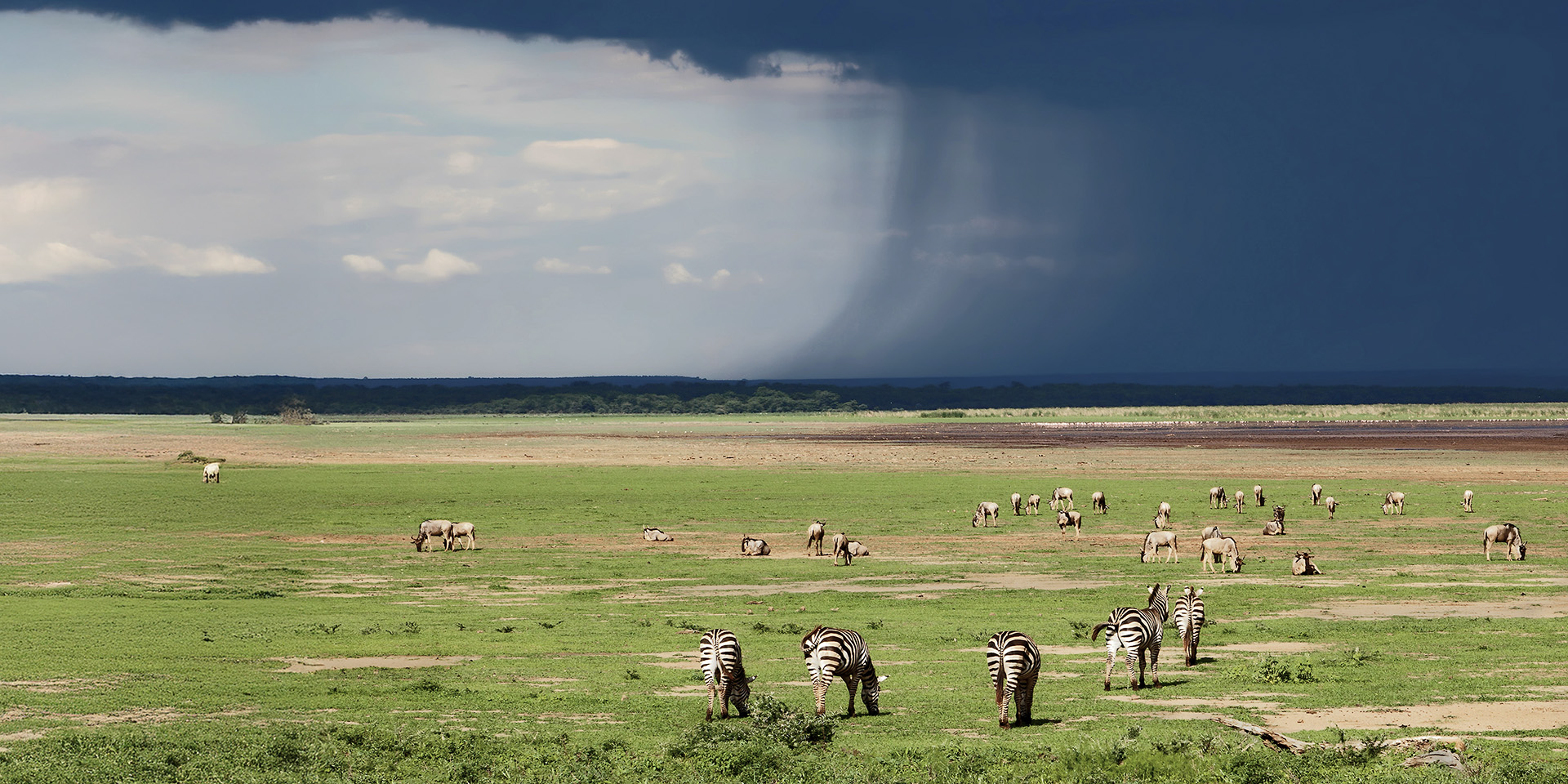
In most savanna safari countries in Africa, this Jan-Mar period marks the middle of the green season.
The options for safari are even further reduced at this time, but there are still great places to go.
Depending on the location and the vagaries of the weather from one year to the next, the seasonal rains can be very unpredictable.
In more easterly countries (Kenya, Tanzania), this period is notionally a lull between the light rains of Nov-Dec and the heavy rains of Mar-May, meaning that safari remains attractive in many areas, especially those which benefit from the temperature stabilising effect of Lake Victoria (Serengeti, Maasai Mara) and those further north in Kenya (Laikipia, Lewa, Mathews, Samburu).
In Serengeti, the migration calving event takes place through this period, a major highlight of the savanna safari calendar.
In most of the southerly countries (South Africa, Malawi, Zambia, Zimbabwe) the rains are far too heavy and savanna safari is almost completely closed down through this period.
In drier countries in the south (Botswana, Namibia), the rains are likely to be relatively light, meaning that safari remains very feasible. However, the further east, the hotter the conditions, making Botswana quite a challenge in Jan-Feb, but easing to very pleasant conditions through March (a major highlight and superb value). Most of Namibia is more of a challenge, although the western deserts remain great throughout.
It is worth noting that the tropical beaches of the east coasts of Africa and the areas around the Cape (which are both commonly combined with the savanna safari areas) are excellent at this time.
It is important to realise that those savanna safari areas which lie close to the Sahara have a very different seasonality. If you are looking for something unusual and off-the-beaten-track, there are some really interesting options in countries including Chad, Ethiopia and Uganda, although by March conditions are starting to deteriorate in some areas.
Either scroll down for some sample trips, use these links to read more about a specific month, or get in touch and we can get started on your trip.
migration calving in Serengeti
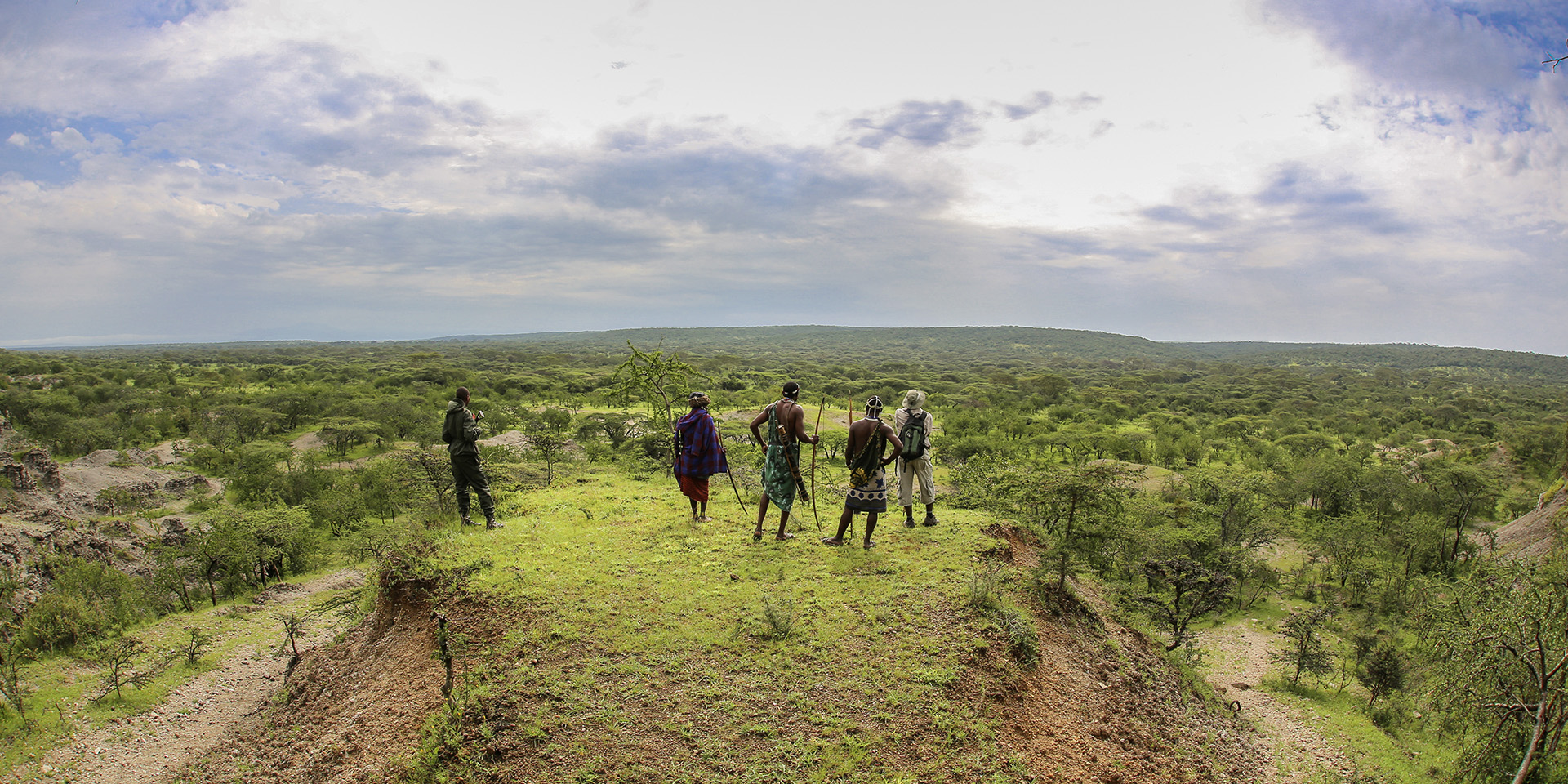
In most savanna safari countries in Africa, this Jan-Mar period marks the middle of the green season.
The options for safari are even further reduced at this time, but there are still great places to go.
Depending on the location and the vagaries of the weather from one year to the next, the seasonal rains can be very unpredictable.
In more easterly countries (Kenya, Tanzania), this period is notionally a lull between the light rains of Nov-Dec and the heavy rains of Mar-May, meaning that safari remains attractive in many areas, especially those which benefit from the temperature stabilising effect of Lake Victoria (Serengeti, Maasai Mara) and those further north in Kenya (Laikipia, Lewa, Mathews, Samburu).
In Serengeti, the migration calving event takes place through this period, a major highlight of the savanna safari calendar.
In most of the southerly countries (South Africa, Malawi, Zambia, Zimbabwe) the rains are far too heavy and savanna safari is almost completely closed down through this period.
In drier countries in the south (Botswana, Namibia), the rains are likely to be relatively light, meaning that safari remains very feasible. However, the further east, the hotter the conditions, making Botswana quite a challenge in Jan-Feb, but easing to very pleasant conditions through March (a major highlight and superb value). Most of Namibia is more of a challenge, although the western deserts remain great throughout.
It is worth noting that the tropical beaches of the east coasts of Africa and the areas around the Cape (which are both commonly combined with the savanna safari areas) are excellent at this time.
It is important to realise that those savanna safari areas which lie close to the Sahara have a very different seasonality. If you are looking for something unusual and off-the-beaten-track, there are some really interesting options in countries including Chad, Ethiopia and Uganda, although by March conditions are starting to deteriorate in some areas.
Either scroll down for some sample trips, use these links to read more about a specific month, or get in touch and we can get started on your trip.
great value in Okavango
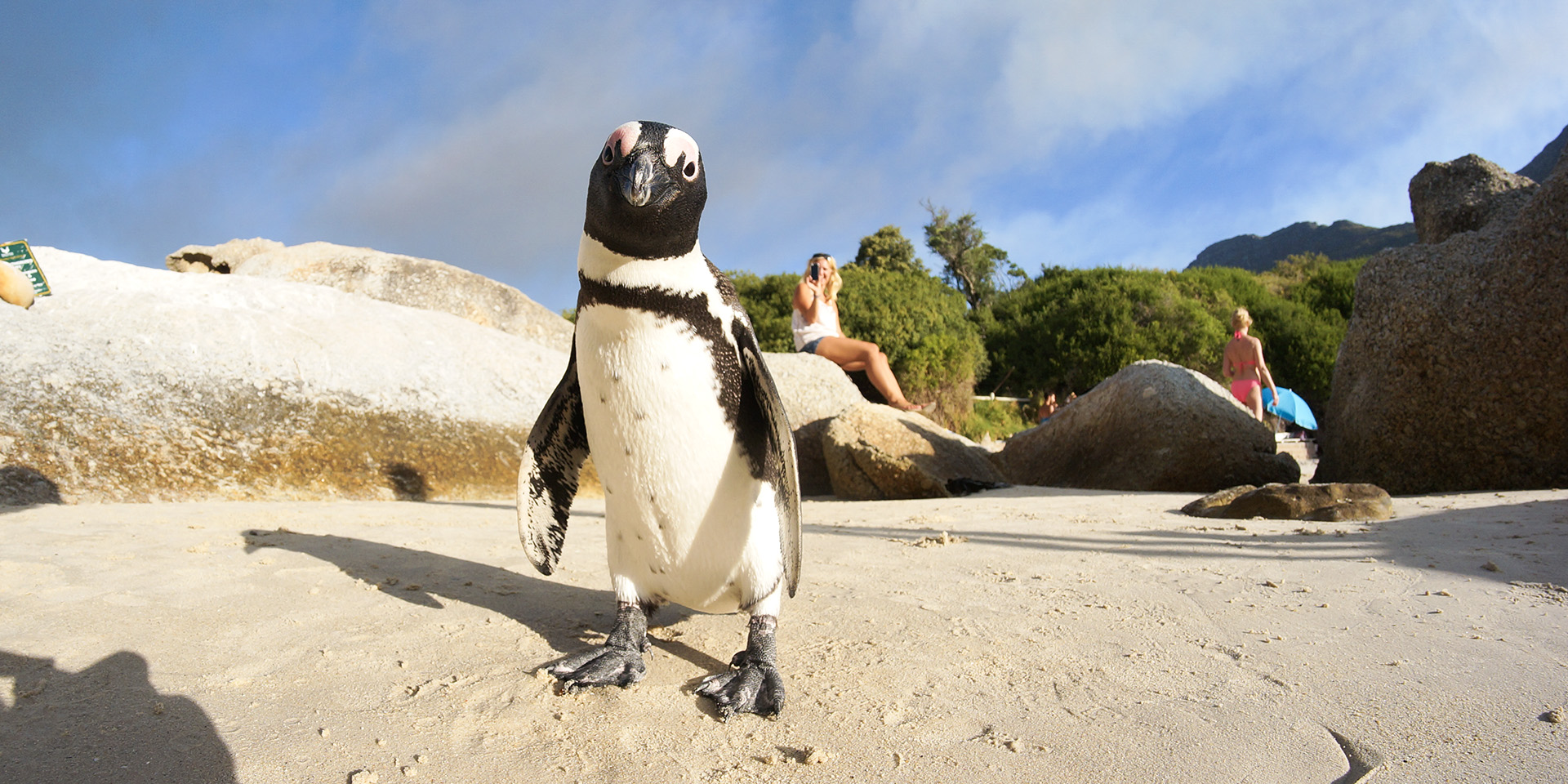
The month of April is a real mixed bag, with some areas improving fast, whilst others are hitting their most challenging.
In more easterly countries (Kenya, Tanzania), April marks the height of the rainy season and is the most difficult month for safari. Having said that, if you love to avoid the crowds and don’t mind some serious weather in between long periods of sunshine, then this is a great time to get into some of the most popular spots, especially the Serengeti. We love visiting at this time, but you do need to be quite hardy. This is the migration rutting season too.
In most of the southerly countries (South Africa, Malawi, Zambia, Zimbabwe) the heavy rains of the preceding season means that savanna safari remains almost completely closed down through April.
However, in drier countries in the south (Botswana, Namibia), the rains were much lighter, so the new dry season gets underway early. Botswana is great at this time, whilst Namibia is definitely opening up nicely.
Either scroll down for some sample trips, use these links to read more about a specific month, or get in touch and we can get started on your trip.
greatly reduced options, but beautiful in Botswana
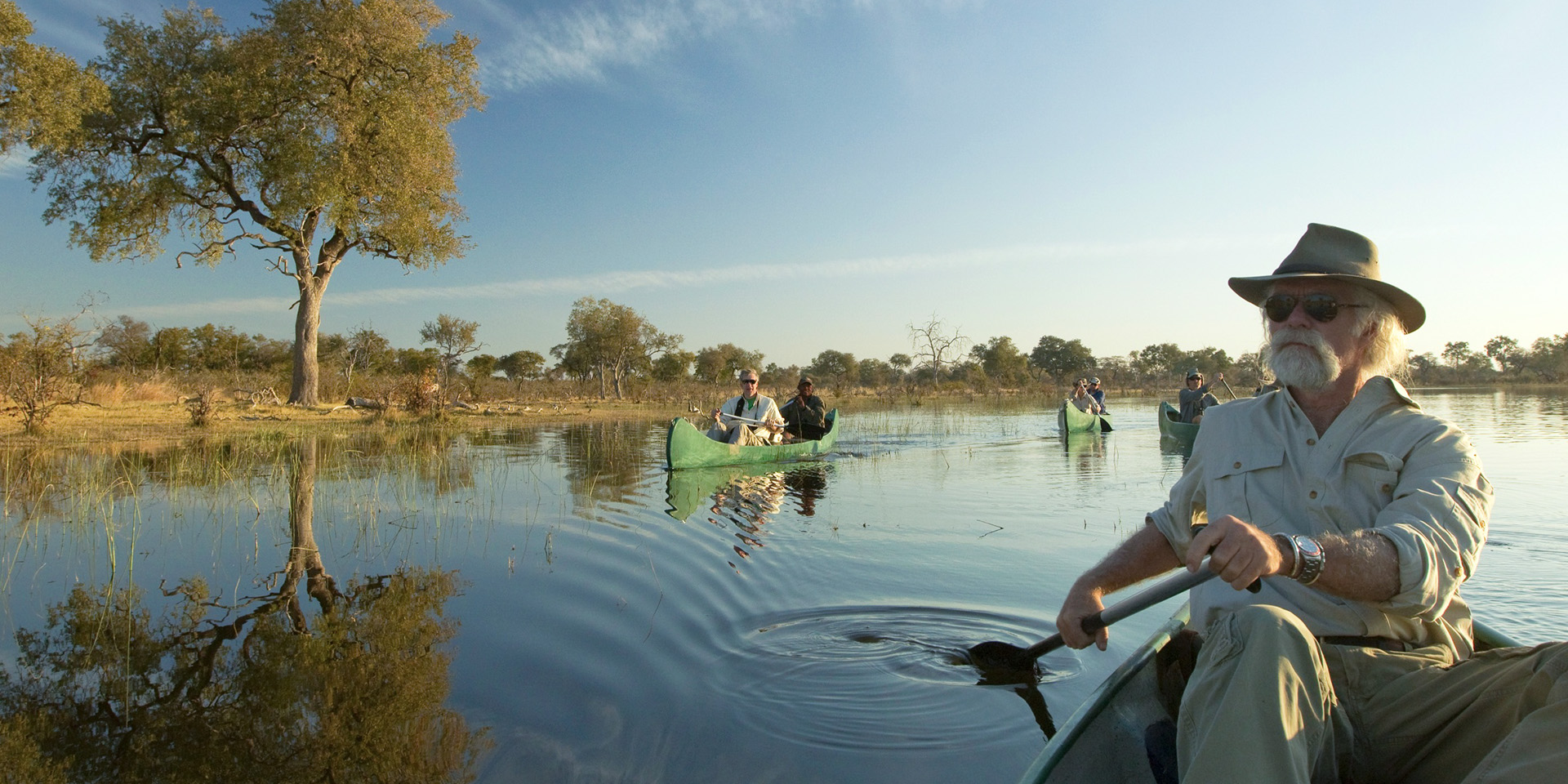
The month of May precedes the main dry season. Most areas are improving fast, but some are lagging behind.
In more easterly countries (Kenya, Tanzania), almost all locations are really good in May. There can be some residual rain, but the month is mostly sunny and very pleasant. The bush looks verdant and there’s still lots of wildflowers and baby animals around.
In most of the southerly countries (South Africa, Malawi, Zambia, Zimbabwe), conditions are fast improving. In fact, this is probably our favourite month in areas like Kruger and Hwange. A few key safari areas remain largely out-of-action for most of the month, especially those further north and east, like South Luangwa and Mana Pools.
In drier countries in the south (Botswana, Namibia), where lighter rainfall allowed the dry season to start much earlier, May is a great month to visit.
May is also a lovely quiet month, with low visitor numbers. It is a particularly appealing option for experienced safari travellers, who enjoy experiencing the wildlife when it is less stressed.
Either scroll down for some sample trips, use these links to read more about a specific month, or get in touch and we can get started on your trip.
lovely in most locations and blissfully quiet
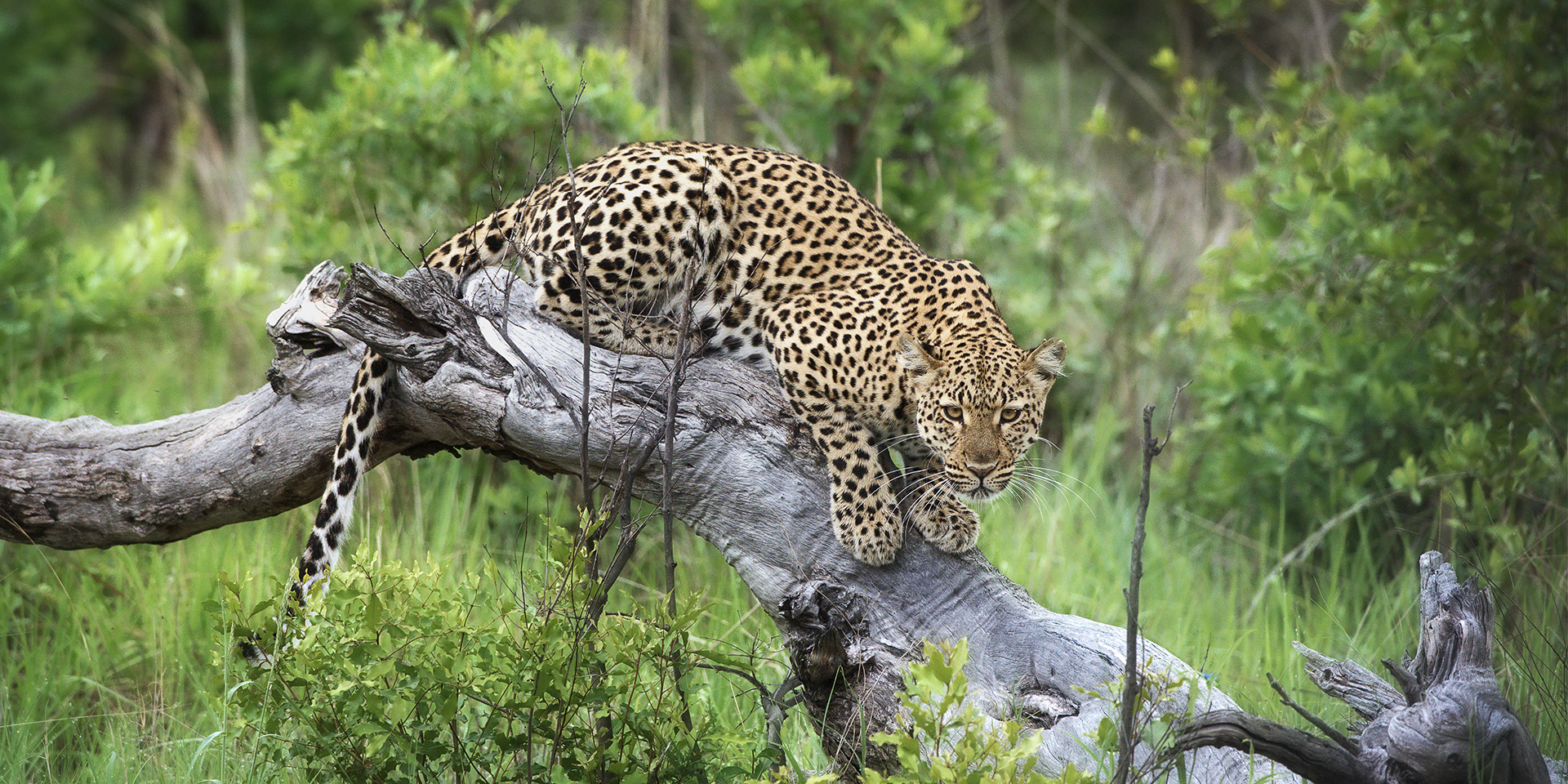
The classic time to go on safari in most savanna countries in Africa is during the Jun-Sep dry season.
This includes Botswana, Kenya, Malawi, Namibia, South Africa, Tanzania, Zambia and Zimbabwe.
People tend to think of Africa as a rather dry place, with yellowing grass and isolated waterholes. But, in most areas, it’s only like that during the dry season.
In almost all savanna safari areas, as the seasonal waterholes dry out during the early part of this season, the animals are obliged to migrate inwards towards the few permanent water sources. This clustering effect makes wildlife viewing much more predictable and productive.
The details of the dry season vary from place to place, but generally speaking the early part of this season is cooler and more gentle, whilst the latter part becomes hotter and more intense. The animals become increasingly stressed, but the level of sightings increases.
It is also important to note that visitor traffic peaks over this period, so the closer you are to August, the more we need to deploy traffic avoidance techniques in the planning.
June is therefore the early part of this season, with the seasonal effects just starting to take shape and with visitor numbers still relatively low compared with the upcoming high season.
The bottom line is that, whichever month you choose in this season, it will be eminently possible to put together a great safari.
Either scroll down for some sample trips, use these links to read more about a specific month, or get in touch and we can get started on your trip.
early dry season in most areas
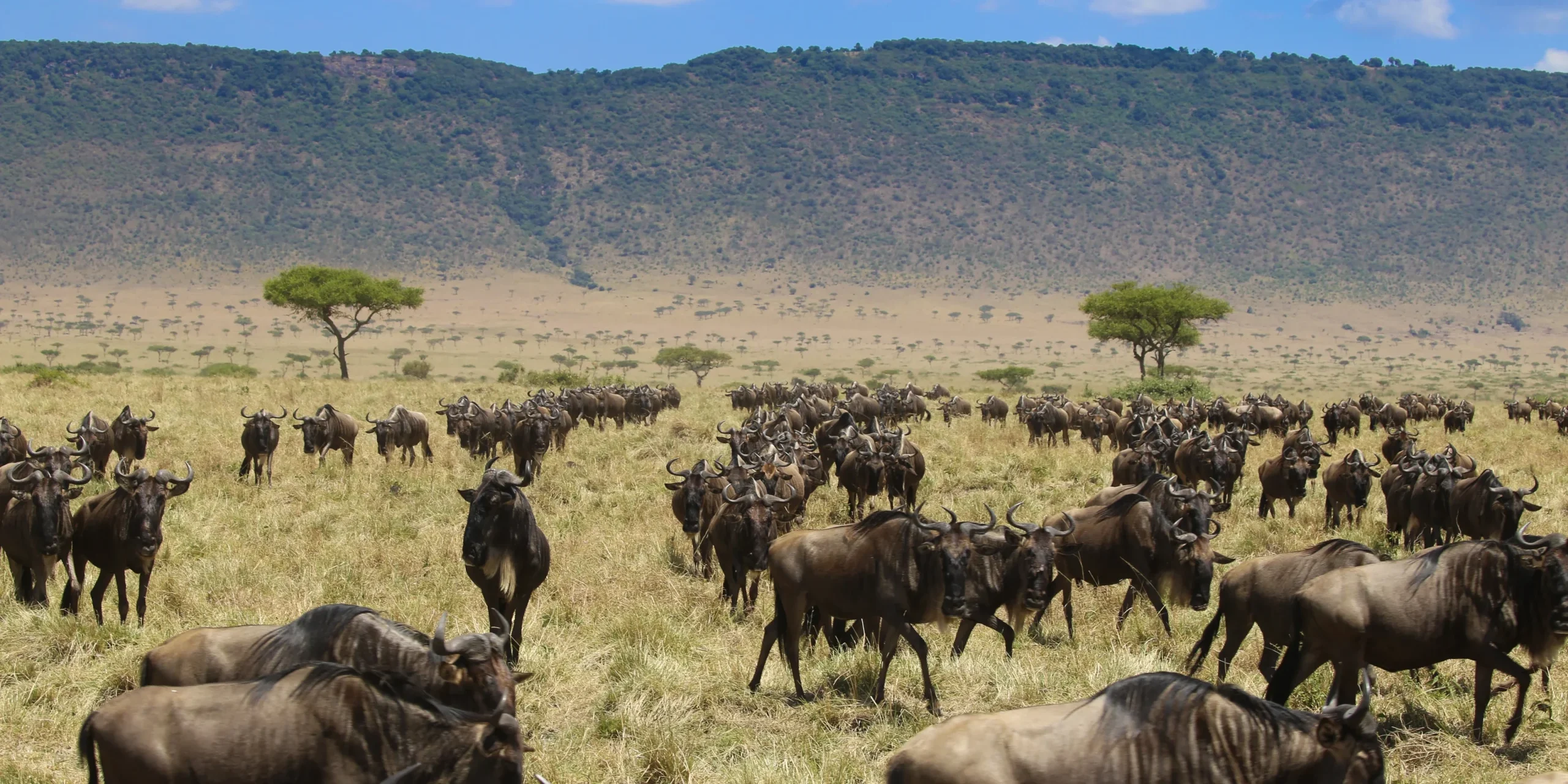
The classic time to go on safari in most savanna countries in Africa is during the Jun-Sep dry season.
This includes Botswana, Kenya, Malawi, Namibia, South Africa, Tanzania, Zambia and Zimbabwe.
People tend to think of Africa as a rather dry place, with yellowing grass and isolated waterholes. But, in most areas, it’s only like that during the dry season.
In almost all savanna safari areas, as the seasonal waterholes dry out during the early part of this season, the animals are obliged to migrate inwards towards the few permanent water sources. This clustering effect makes wildlife viewing much more predictable and productive.
The details of the dry season vary from place to place, but generally speaking the early part of this season is cooler and more gentle, whilst the latter part becomes hotter and more intense. The animals become increasingly stressed, but the level of sightings increases.
It is also important to note that visitor traffic peaks over this period, so the closer you are to August, the more we need to deploy traffic avoidance techniques in the planning.
July is the second month of this season, so the seasonal effects are really starting to kick in and visitor numbers are rising sharply.
The bottom line is that, whichever month you choose in this season, it will be eminently possible to put together a great safari.
Either scroll down for some sample trips, use these links to read more about a specific month, or get in touch and we can get started on your trip.
the dry season is fully underway in most areas
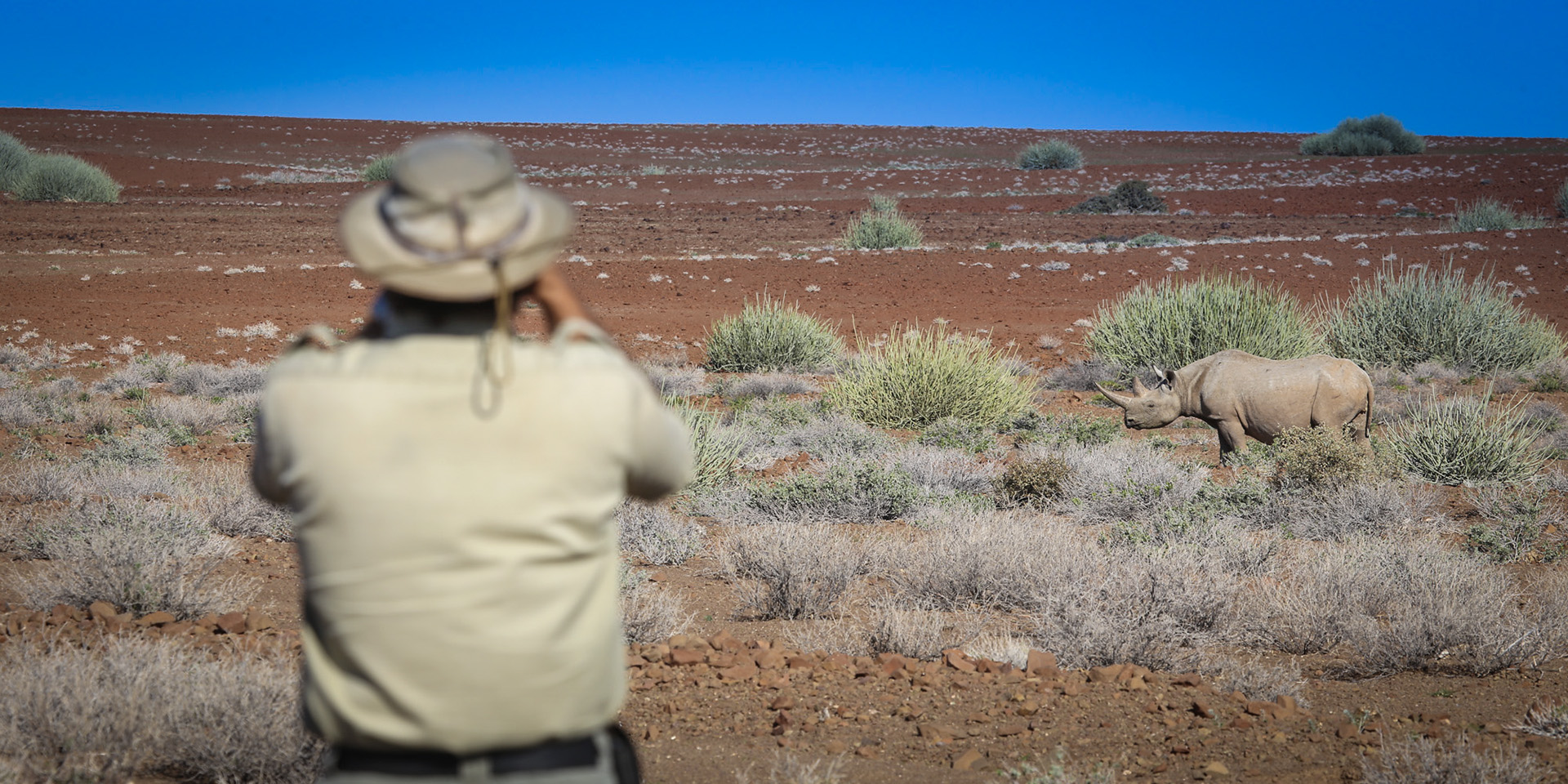
The classic time to go on safari in most savanna countries in Africa is during the Jun-Sep dry season.
This includes Botswana, Kenya, Malawi, Namibia, South Africa, Tanzania, Zambia and Zimbabwe.
People tend to think of Africa as a rather dry place, with yellowing grass and isolated waterholes. But, in most areas, it’s only like that during the dry season.
In almost all savanna safari areas, as the seasonal waterholes dry out during the early part of this season, the animals are obliged to migrate inwards towards the few permanent water sources. This clustering effect makes wildlife viewing much more predictable and productive.
The details of the dry season vary from place to place, but generally speaking the early part of this season is cooler and more gentle, whilst the latter part becomes hotter and more intense. The animals become increasingly stressed, but the level of sightings increases.
It is also important to note that visitor traffic peaks over this period, so the closer you are to August, the more we need to deploy traffic avoidance techniques in the planning.
August is the third month of this season, so the seasonal effects are fully established and visitor numbers are at their peak.
The bottom line is that, whichever month you choose in this season, it will be eminently possible to put together a great safari.
Either scroll down for some sample trips, use these links to read more about a specific month, or get in touch and we can get started on your trip.
the dry season continues in most areas
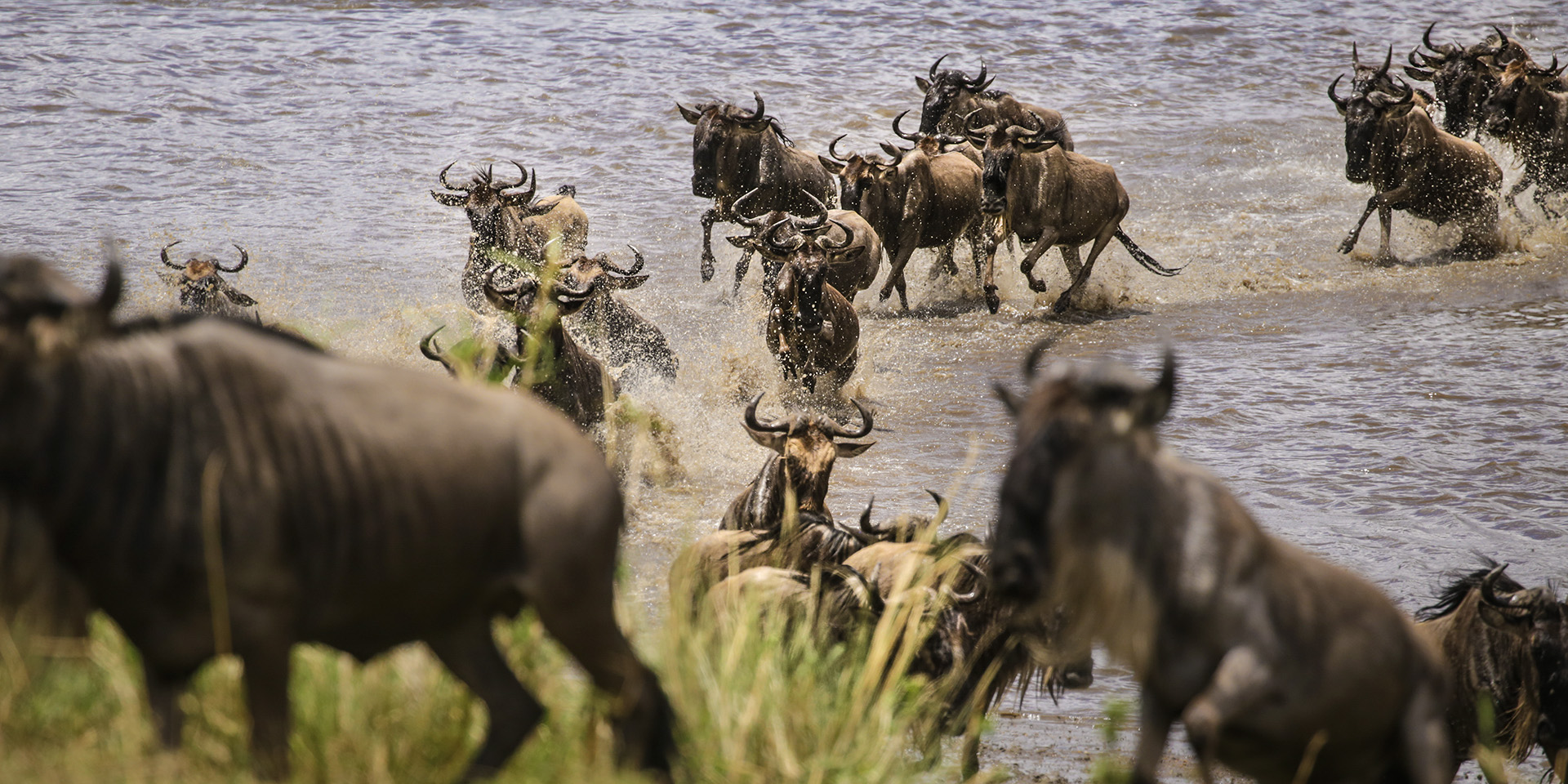
The classic time to go on safari in most savanna countries in Africa is during the Jun-Sep dry season.
This includes Botswana, Kenya, Malawi, Namibia, South Africa, Tanzania, Zambia and Zimbabwe.
People tend to think of Africa as a rather dry place, with yellowing grass and isolated waterholes. But, in most areas, it’s only like that during the dry season.
In almost all savanna safari areas, as the seasonal waterholes dry out during the early part of this season, the animals are obliged to migrate inwards towards the few permanent water sources. This clustering effect makes wildlife viewing much more predictable and productive.
The details of the dry season vary from place to place, but generally speaking the early part of this season is cooler and more gentle, whilst the latter part becomes hotter and more intense. The animals become increasingly stressed, but the level of sightings increases.
It is also important to note that visitor traffic peaks over this period, so the closer you are to August, the more we need to deploy traffic avoidance techniques in the planning.
September is the third month of this season, so the seasonal effects are fully established and visitor numbers remain relatively high.
The bottom line is that, whichever month you choose in this season, it will be eminently possible to put together a great safari.
Either scroll down for some sample trips, use these links to read more about a specific month, or get in touch and we can get started on your trip.
the dry season approaches the peak in most areas
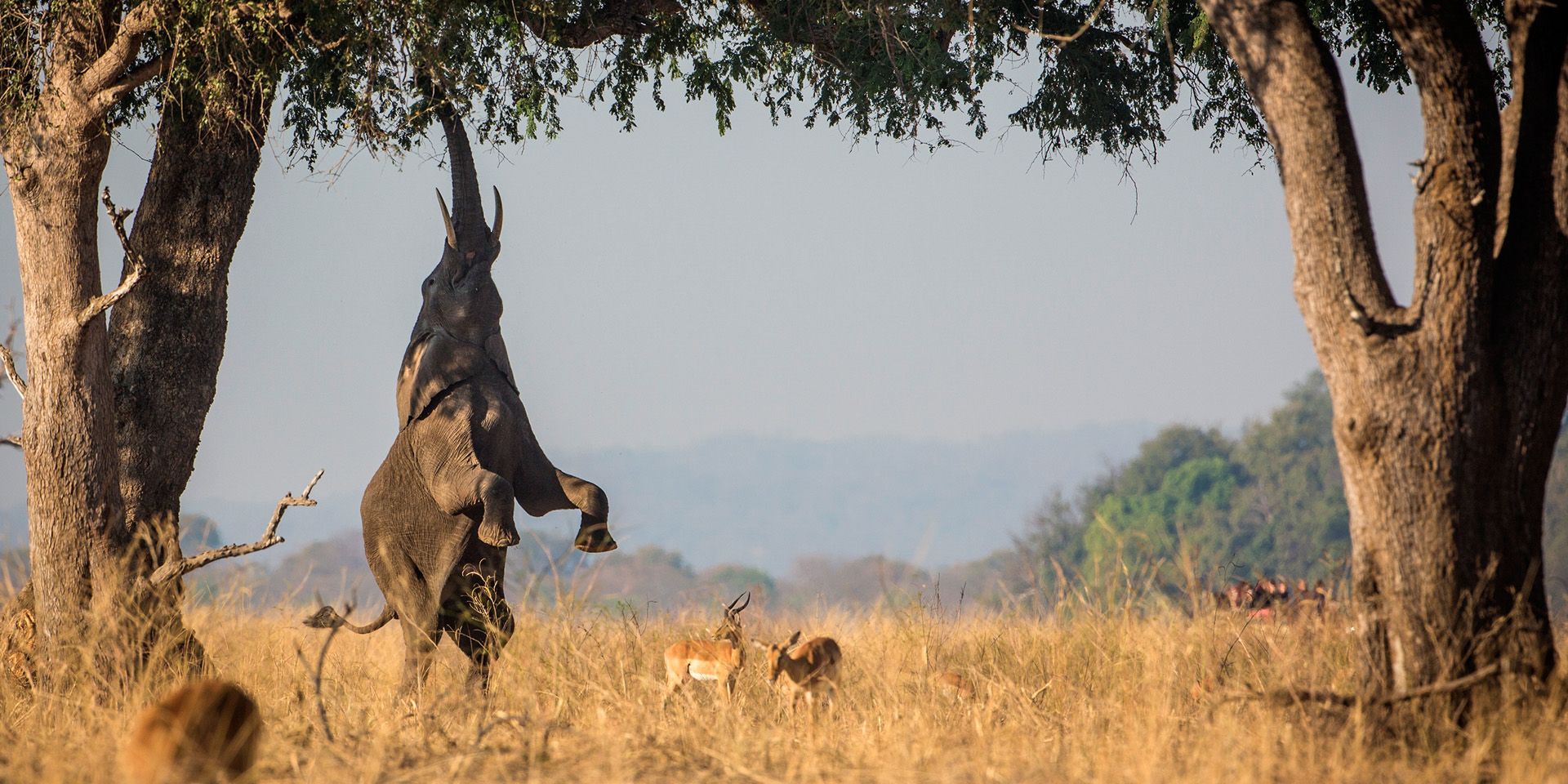
The classic time to go on safari in most savanna countries in Africa is during the Jun-Sep dry season.
This includes Botswana, Kenya, Malawi, Namibia, South Africa, Tanzania, Zambia and Zimbabwe.
People tend to think of Africa as a rather dry place, with yellowing grass and isolated waterholes. But, in most areas, it’s only like that during the dry season.
In almost all savanna safari areas, as the seasonal waterholes dry out during the early part of this season, the animals are obliged to migrate inwards towards the few permanent water sources. This clustering effect makes wildlife viewing much more predictable and productive.
The details of the dry season vary from place to place, but generally speaking the early part of this season is cooler and more gentle, whilst the latter part becomes hotter and more intense. The animals become increasingly stressed, but the level of sightings increases.
It is also important to note that visitor traffic peaks over this period, so the closer you are to August, the more we need to deploy traffic avoidance techniques in the planning.
October is the fourth and final month of this season, so the landscapes are at their most parched and the temperatures climbing in advance of the rains. However, visitor numbers are dropping fast.
The bottom line is that, whichever month you choose in this season, it will be eminently possible to put together a great safari.
Either scroll down for some sample trips, use these links to read more about a specific month, or get in touch and we can get started on your trip.
the dry season reaches its peak in most areas
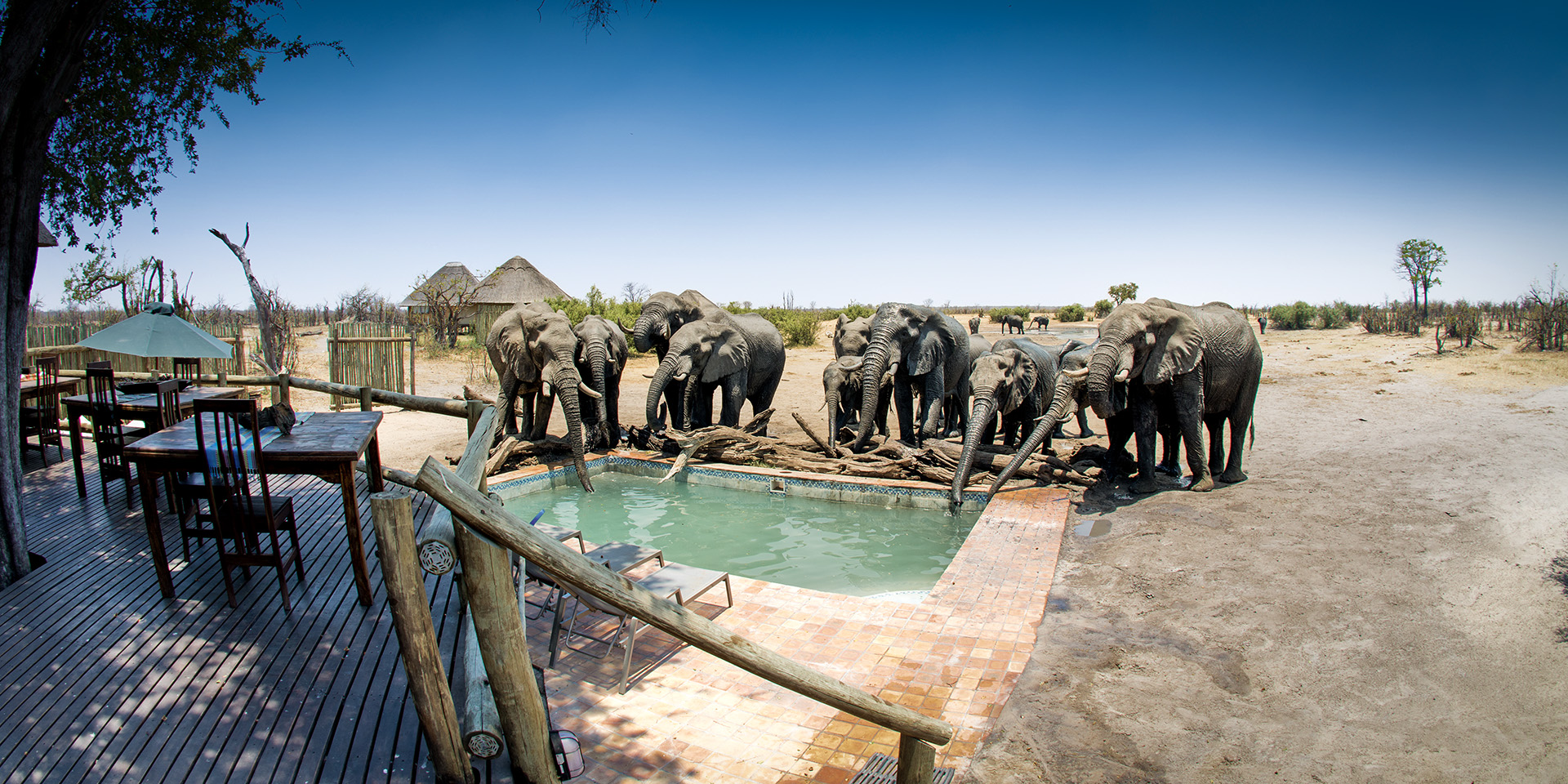
In most savanna safari countries in Africa, this Nov-Dec period marks the start of the green season.
The options for safari are definitely reduced at this time, but there are still great places to go.
Depending on the location and the vagaries of the weather from one year to the next, these rains can be very unpredictable.
In more easterly countries (Kenya, Tanzania), these rains are likely to be short and intermittent, meaning that safari continues to be attractive all the way through. This is particularly true of areas which benefit from the temperature stabilising effect of Lake Victoria (Serengeti, Maasai Mara), which experience much less of a surge in temperatures.
In most of the southerly countries (South Africa, Malawi, Zambia, Zimbabwe) the rains are preceded by extremely high temperatures and are more likely to be prompt and heavy, making safari much more challenging.
In drier countries in the south (Botswana, Namibia), the rains are likely to be relatively light, meaning that safari remains very feasible. However, the further east, the hotter the conditions, making Botswana quite a challenge, but the coast of Namibia very comfortable. In fact, November is our highest rated month in Namibia, mainly due to the unusually low visitor traffic.
It is worth noting that the tropical beaches of the east coasts of Africa and the areas around the Cape (which are both commonly combined with the savanna safari areas) are excellent at this time.
It is important to realise that those savanna safari areas which lie close to the Sahara have a very different seasonality. If you are looking for something unusual and off-the-beaten-track, there are some really interesting options in countries including Chad, Ethiopia and Uganda.
Either scroll down for some sample trips, use these links to read more about a specific month, or get in touch and we can get started on your trip.
some great options, if you choose carefully
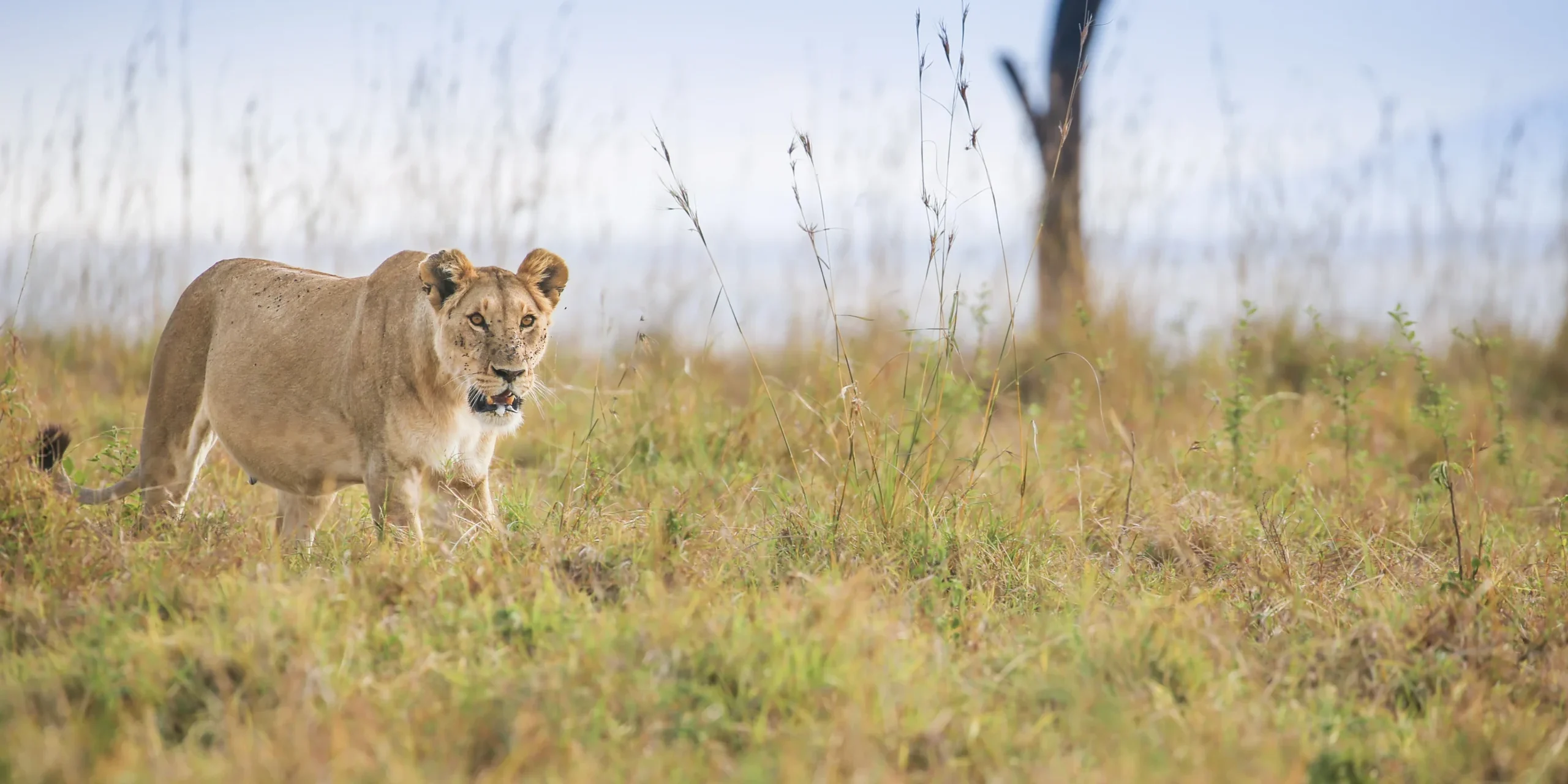
In most savanna safari countries in Africa, this Nov-Dec period marks the start of the green season.
The options for safari are definitely reduced at this time, but there are still great places to go.
Depending on the location and the vagaries of the weather from one year to the next, these rains can be very unpredictable.
In more easterly countries (Kenya, Tanzania), these rains are likely to be short and intermittent, meaning that safari continues to be attractive all the way through. This is particularly true of areas which benefit from the temperature stabilising effect of Lake Victoria (Serengeti, Maasai Mara), which experience much less of a surge in temperatures.
In most of the southerly countries (South Africa, Malawi, Zambia, Zimbabwe) the rains are preceded by extremely high temperatures and are more likely to be prompt and heavy, making safari much more challenging.
In drier countries in the south (Botswana, Namibia), the rains are likely to be relatively light, meaning that safari remains very feasible. However, the further east, the hotter the conditions, making Botswana quite a challenge, but the coast of Namibia very comfortable. In fact, November is our highest rated month in Namibia, mainly due to the unusually low visitor traffic.
It is worth noting that the tropical beaches of the east coasts of Africa and the areas around the Cape (which are both commonly combined with the savanna safari areas) are excellent at this time.
Obviously, visitor traffic in these locations peaks dramatically over the Dec-Jan vacation season, necessitating the need for early booking and the deployment of some serious traffic avoidance techniques.
It is important to realise that those savanna safari areas which lie close to the Sahara have a very different seasonality. If you are looking for something unusual and off-the-beaten-track, there are some really interesting options in countries including Chad, Ethiopia and Uganda.
Either scroll down for some sample trips, use these links to read more about a specific month, or get in touch and we can get started on your trip.
from very quiet to very busy
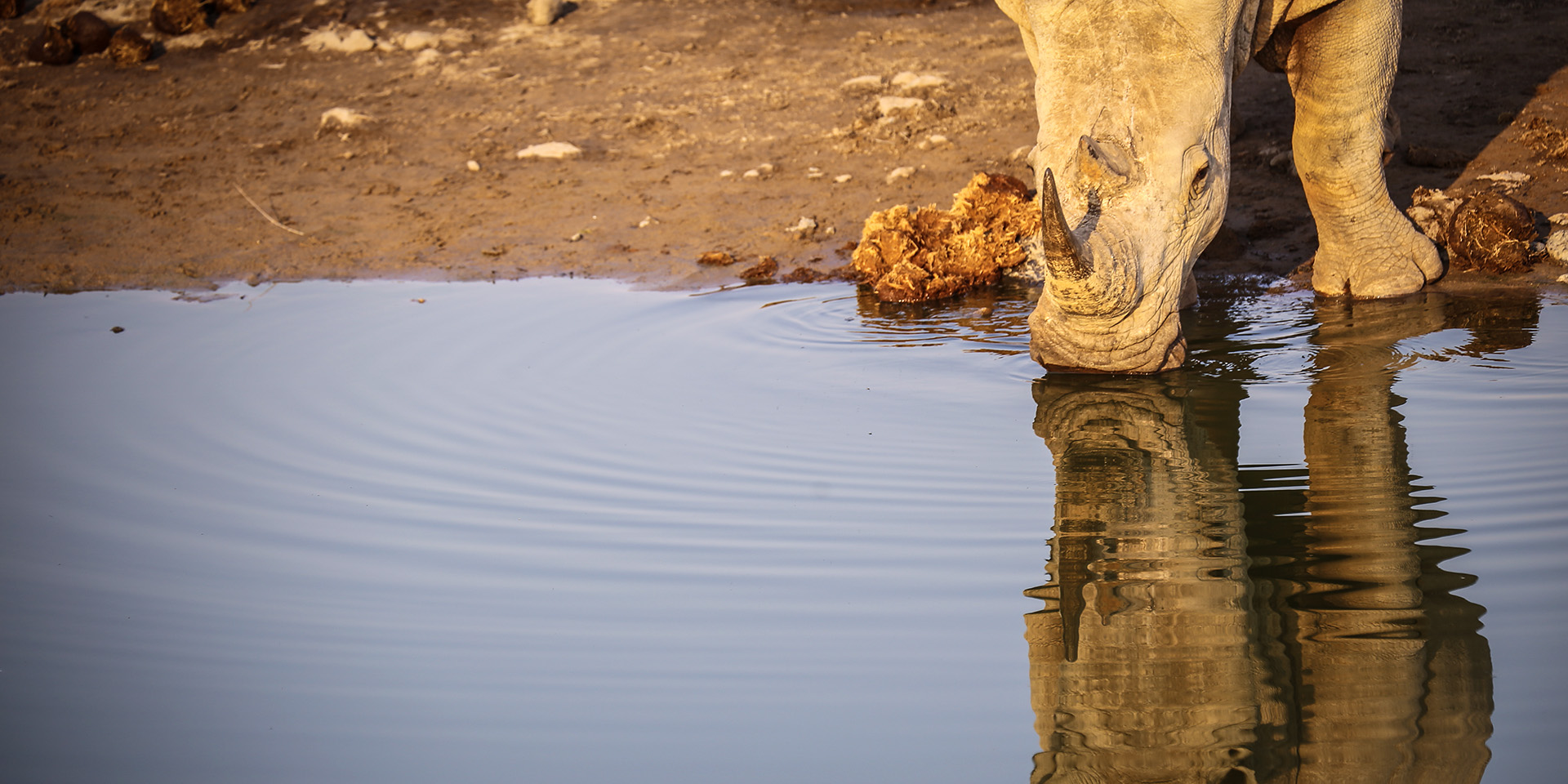
let us know your thoughts about Africa
and we will help you build the perfect trip
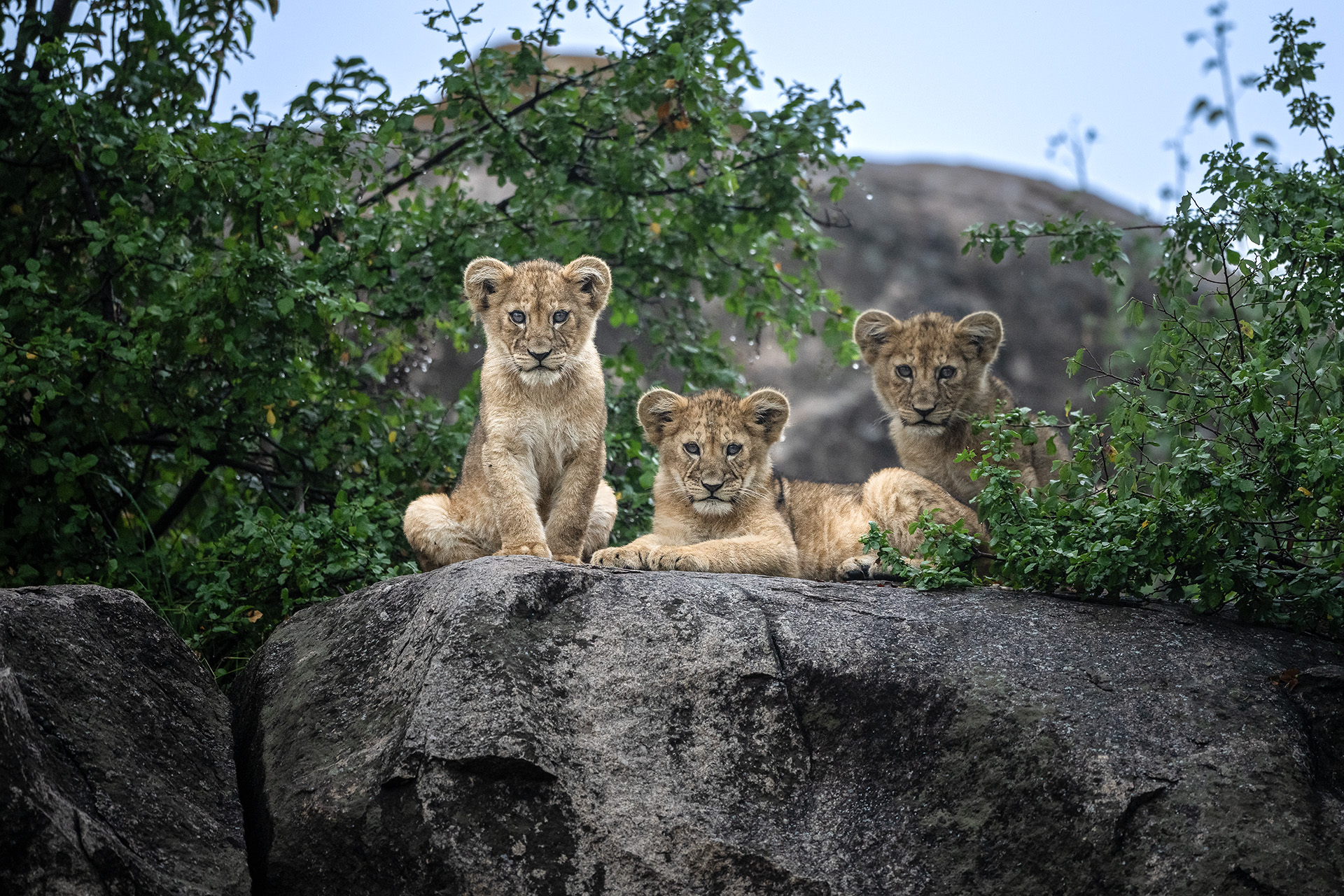
Further reading
- Safari in Africa
- The best countries for safari in Africa
- The best locations for safari in Africa
- The cost of safari in Africa
- The best locations for safari in Africa in January
- The best locations for safari in Africa in February
- The best locations for safari in Africa in March
- The best locations for safari in Africa in April
- The best locations for safari in Africa in May
- The best locations for safari in Africa in June
- The best locations for safari in Africa in July
- The best locations for safari in Africa in August
- The best locations for safari in Africa in September
- The best locations for safari in Africa in October
- The best locations for safari in Africa in November
- The best locations for safari in Africa in December
- Why to choose us to help with your safari
Extraordinary tailor-made adventures,
from earthy and edgy to easy and extravagant
From around USD 2500 per person, you set the ceiling
Sample Trips
Here are some of our popular trip shapes
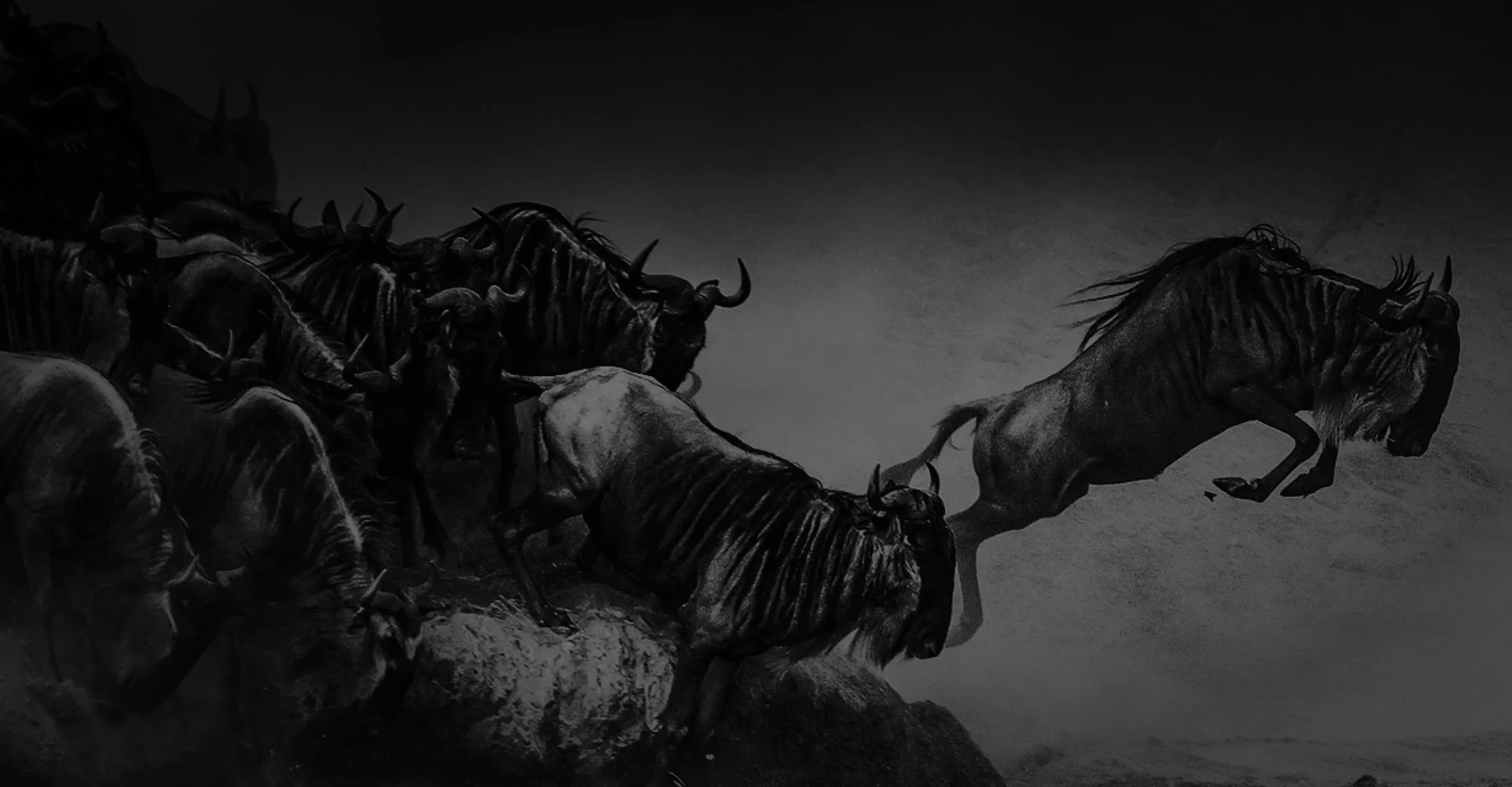
Get started on your trip
It’s never too soon to get in touch, we are here to help with every stage of your planning.
Best Lodges
We regularly inspect and photograph all of the the best lodges, to ensure that we always recommend the most suitable options
Key Locations
Take a look around related locations. Click ‘View more’ to explore locations further afield.
